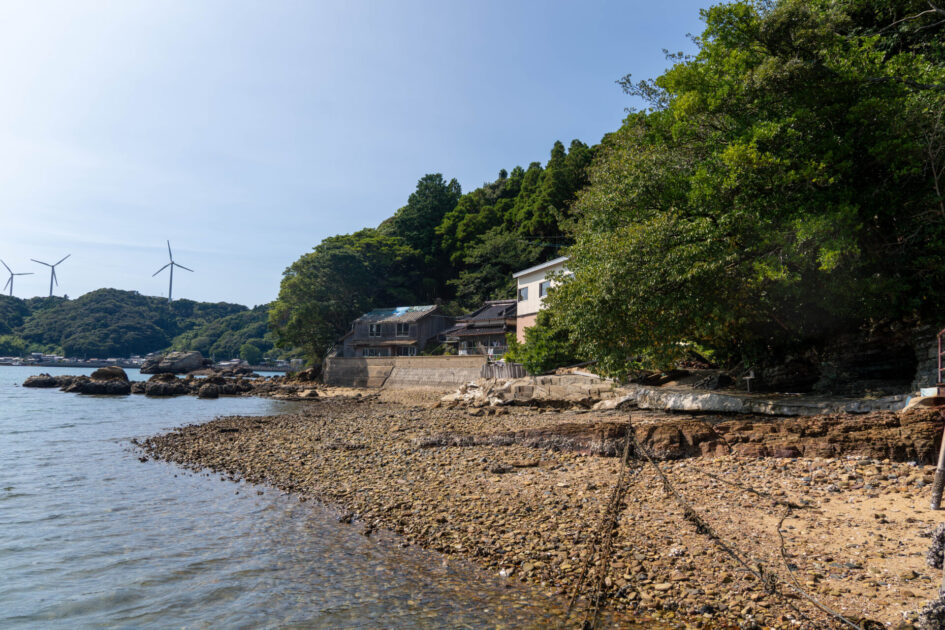CONTENTS
About Gyosanjin
Concept
On a small cape in Genkai Town, Karatsu, Saga Prefecture, lies Gyosanjin — a secluded, single-house restaurant accessible only by boat.
Serving only one group for lunch and one for dinner, reservations are essential. The experience begins when the chef himself pilots a fishing boat to the harbor to greet his guests — an introduction befitting a true “hidden sanctuary restaurant.”
The cuisine centers on the seafood of Kariya Bay: sashimi, simmered fish, steamed abalone, sea urchin, and turban shells, prepared generously with local bounty. Homemade condiments such as hijiki quiche, yuzu-kosho, and soy sauce add layers of comfort and depth. Most of the vegetables are homegrown, and the rice comes from the chef’s wife’s family farm. He also experiments with ingredients like ancient grains from local farmers, giving his dishes a unique expression.
Beyond simply showcasing luxury ingredients, Gyosanjin is rooted in the chef’s desire “to share the blessings of the sea” and “to connect this place with people around the world.” The entire dining experience unfolds like a story. Word of mouth has drawn guests from across Japan and overseas, yet at its core remains a simple, unwavering philosophy — to convey the life of the sea. That consistency is what makes this restaurant truly one of a kind.
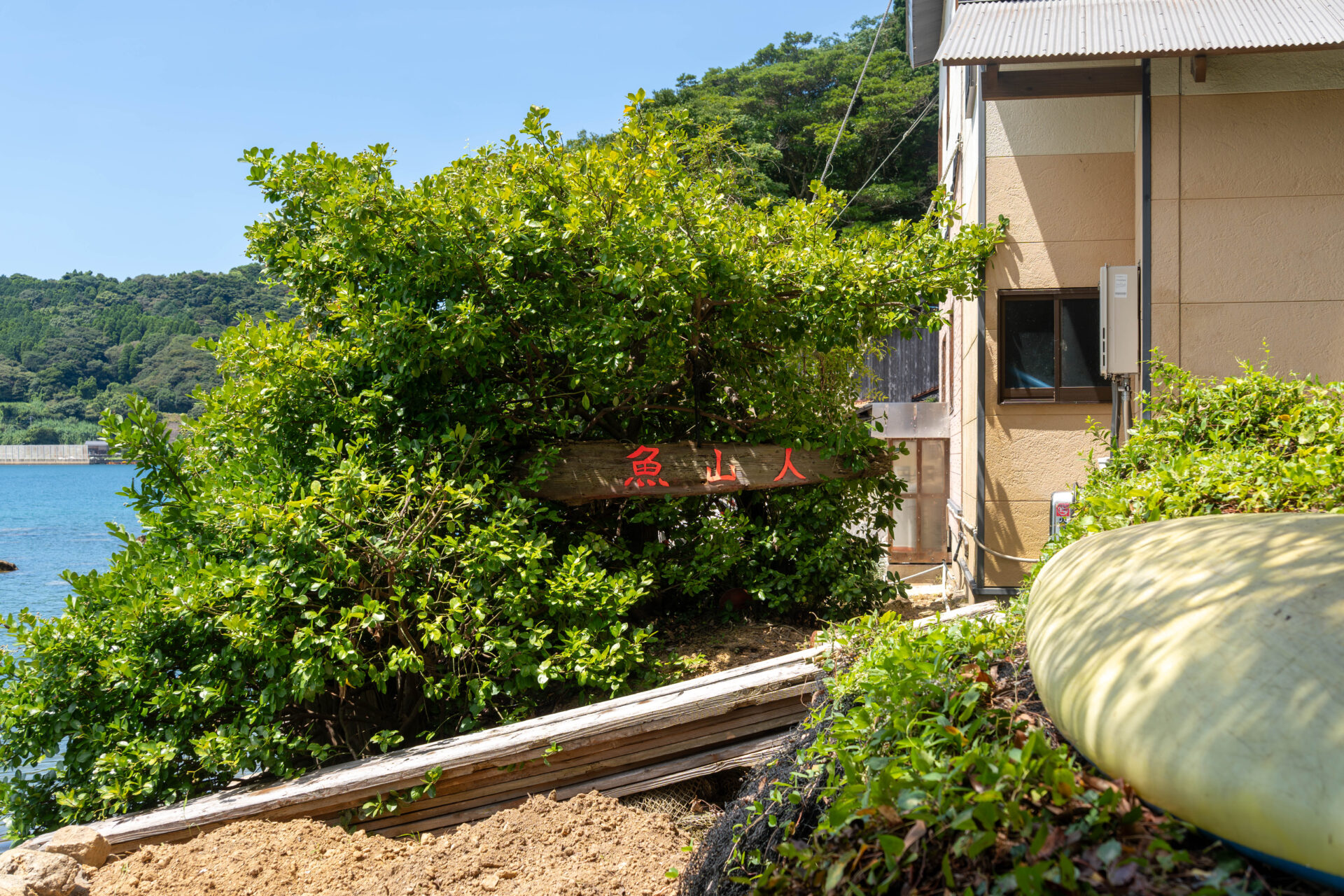
About the Chef
The chef, Mr. Yoshida, was born into a family of net fishermen in Kariya. Having lived alongside the sea since childhood, his deep understanding of fish forms the foundation of Gyosanjin.
When he first opened as a small sushi restaurant in 2008, there were days without a single customer. But by refining his craft and introducing homemade condiments and home-style dishes that complemented the seafood, his reputation grew steadily. Today, Gyosanjin is a beloved destination for diners from Japan and abroad, even earning a place in the Michelin Guide — a testament to his dedication.
Although he once dove into the sea himself to harvest abalone and sea urchin, a heart condition forced him to stop diving. Still, his passion for sharing the gifts of the ocean remains unchanged — now channelled into sourcing, cooking, and welcoming every guest personally.
From piloting the fishing boat to greeting guests, to crafting his own condiments and tableware, his hands-on approach reflects both meticulousness and warmth. His mix of ruggedness and hospitality continues to captivate all who visit.
Fisherman, chef, and host — Yoshida himself embodies the very spirit of Gyosanjin, making each visit a truly singular experience.
Restaurant Recognition
Gyosanjin, despite its remote location and one-group-per-meal policy, is a Michelin-starred restaurant. Its mastery of fisherman’s cuisine that showcases the natural blessings of Kariya Bay, along with the unique boat-ride experience, has earned acclaim from professional chefs and international visitors alike.
Media Attention and Growing Popularity
Though the restaurant was quiet in its early years, word spread rapidly after a visit from Chef Hiroyuki Sakai of “Iron Chef” fame. Since then, Gyosanjin has been featured in numerous media outlets and is now known as one of Japan’s most difficult-to-book restaurants, with reservations filling months in advance.

Dining Prelude
Meeting at the Port & Boat Transfer
The journey to Gyosanjin is unlike any other. Guests first gather at Kariya Fishing Port in Karatsu. As you park your car and gaze out over the calm harbor, an almost cinematic stillness sets the tone for what’s to come.
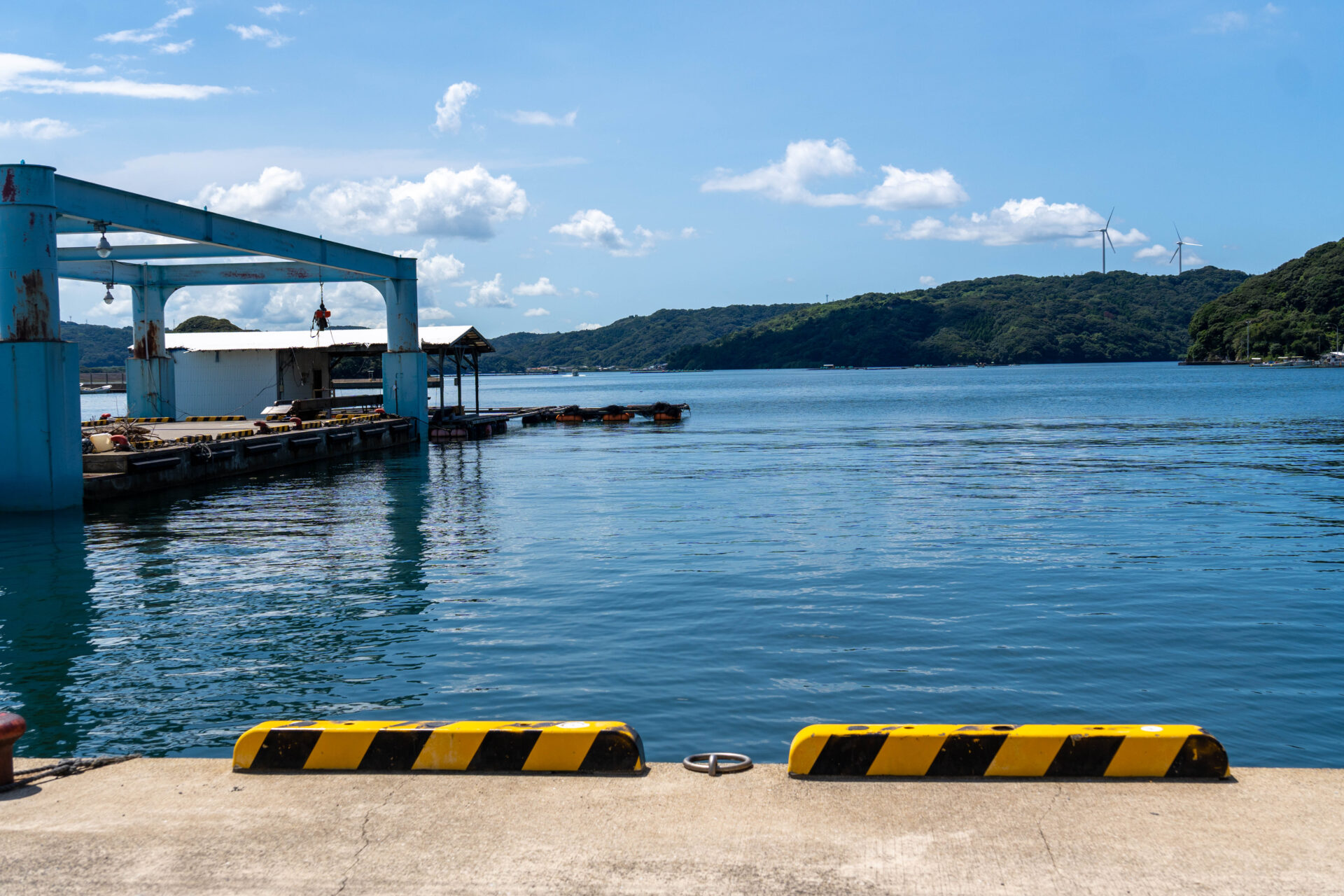
Soon, the chef himself appears, piloting a small fishing boat. There are no staff escorts — the man at the helm is the owner-chef, welcoming you personally. The boat, with traces of his fishing life visible in its weathered lettering and deck, becomes the first chapter of the story you’re about to experience.
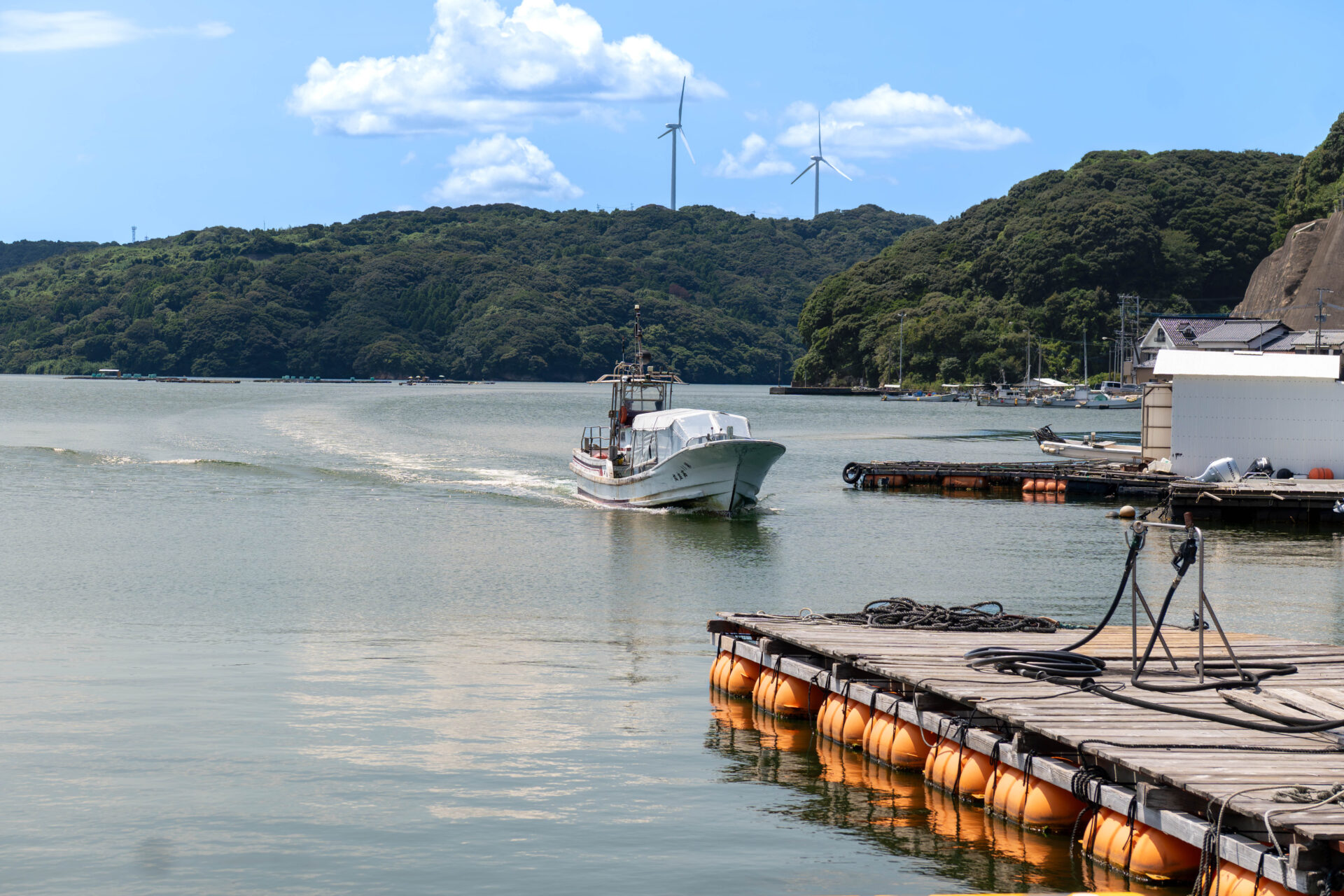
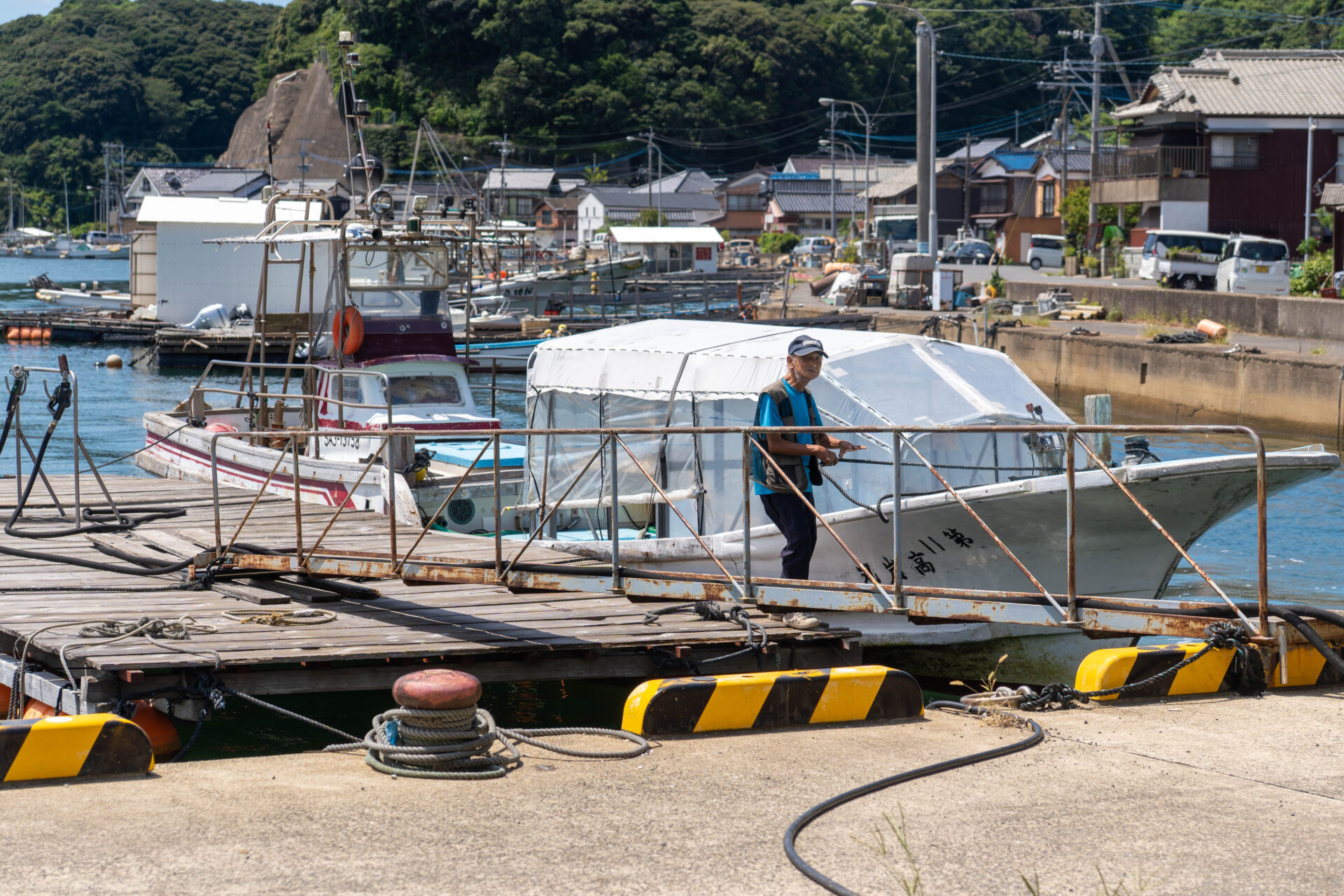
As the boat glides through gentle waves, the town fades into the distance, and a solitary house on the tip of the cape emerges over the sea. The short, ten-minute ride already feels like crossing into another world — a prelude that perfectly encapsulates Gyosanjin’s sense of place and hospitality.
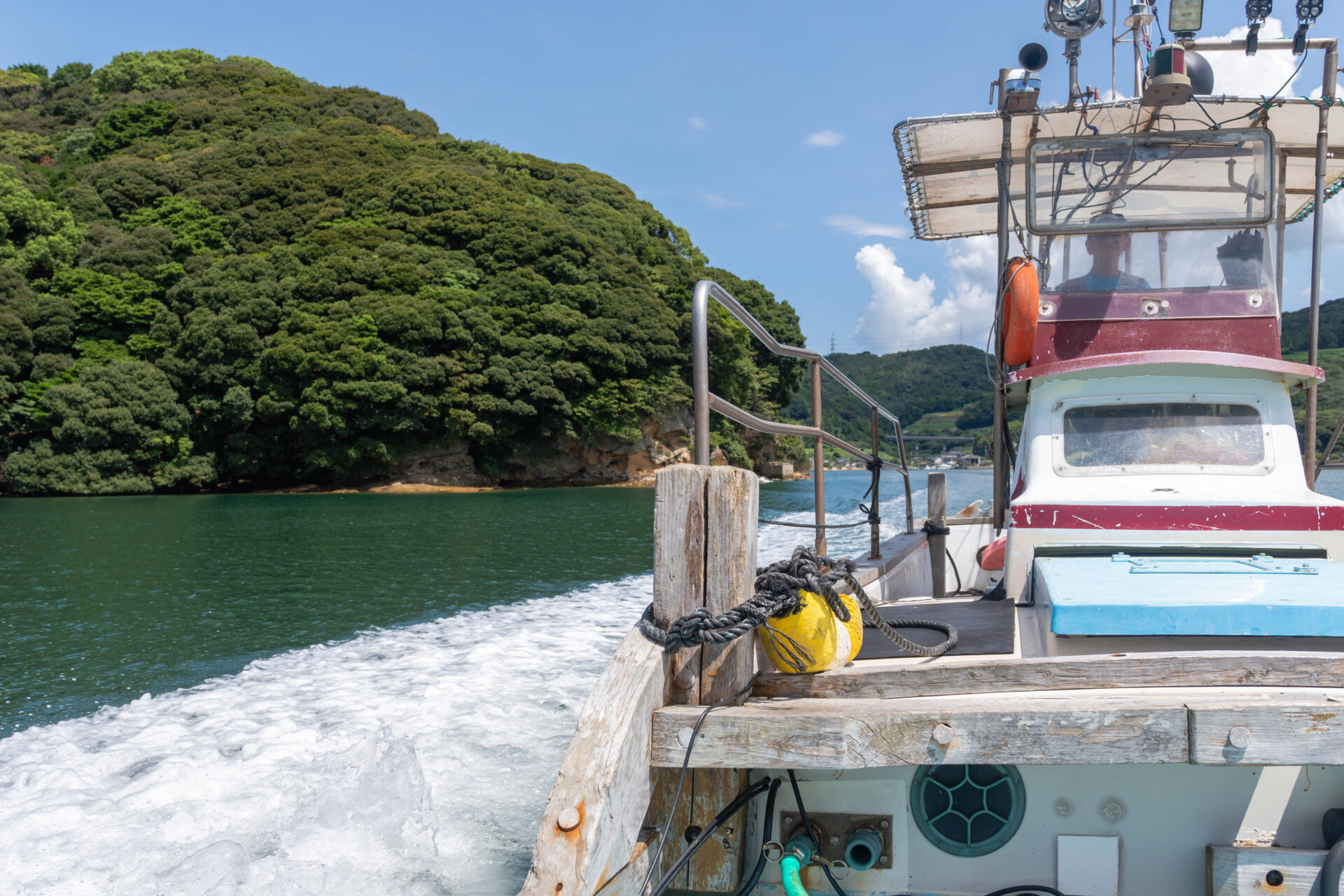
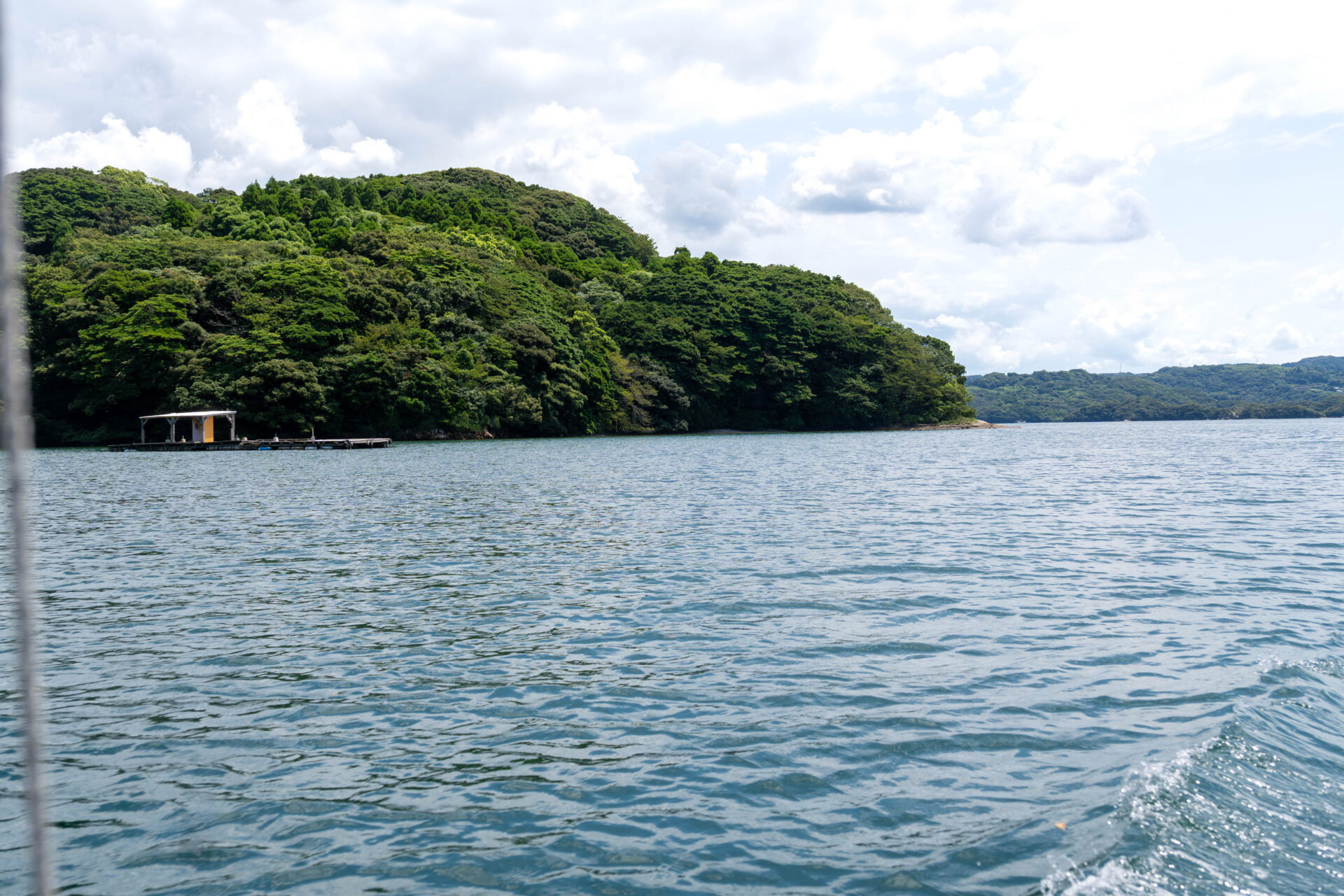
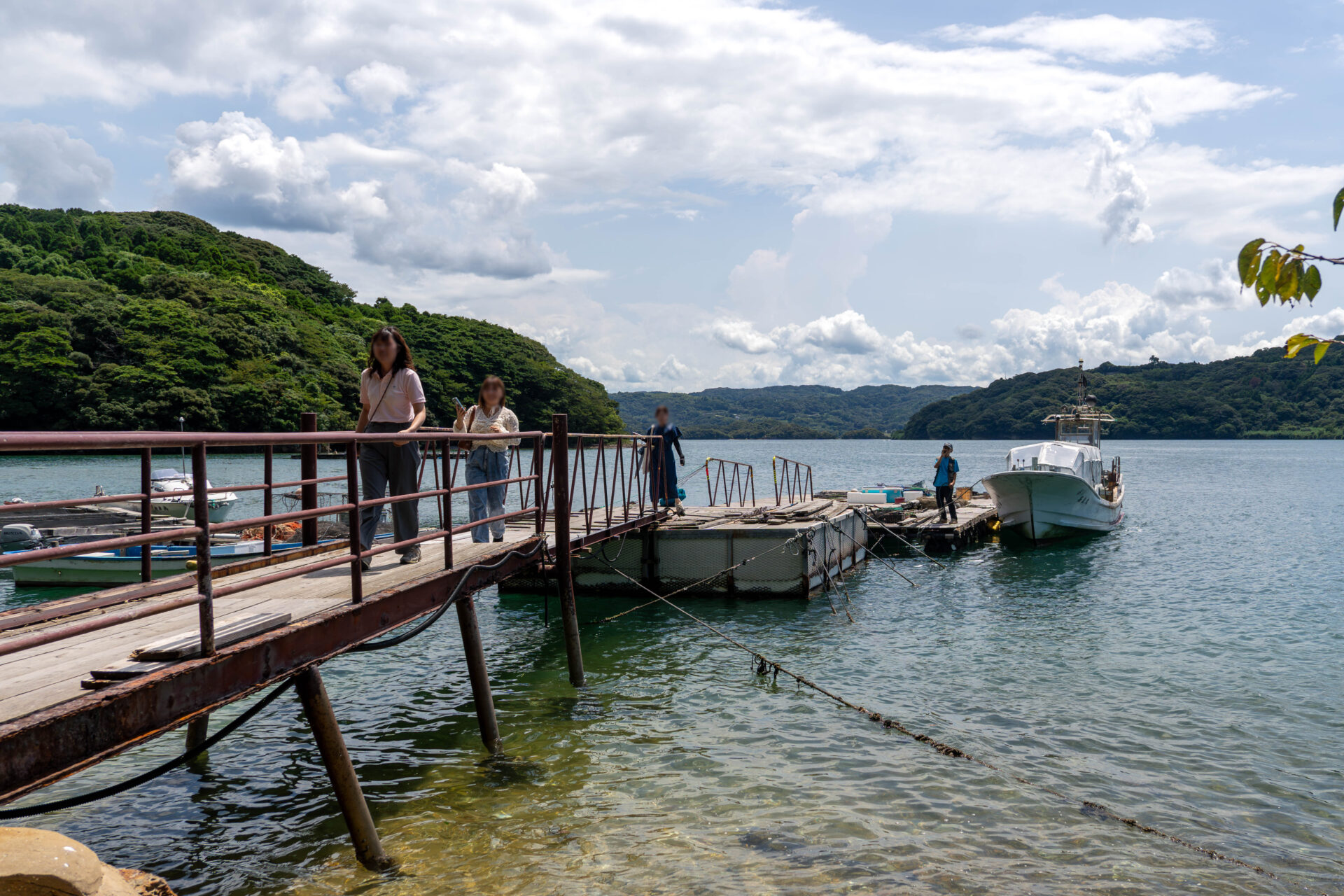
Exterior & Entrance
Perched on a small islet at the very tip of the cape, Gyosanjin stands quietly against the backdrop of the Genkai Sea. Its soft beige walls and simple gabled roof blend naturally into the fishing village landscape. The handmade wooden sign carved with “魚山人” in red script adds a nostalgic warmth to the scene.

Ascending the wooden staircase to the second floor, you’ll sense a home-built charm — railings, steps, and beams crafted by the chef and his family. This human touch softens the air and instantly makes visitors feel at ease.
As the boat approaches and you step onto the small island, the modest structure ahead feels like a secret destination known only to a few. It’s a moment that marks the true beginning of the experience.
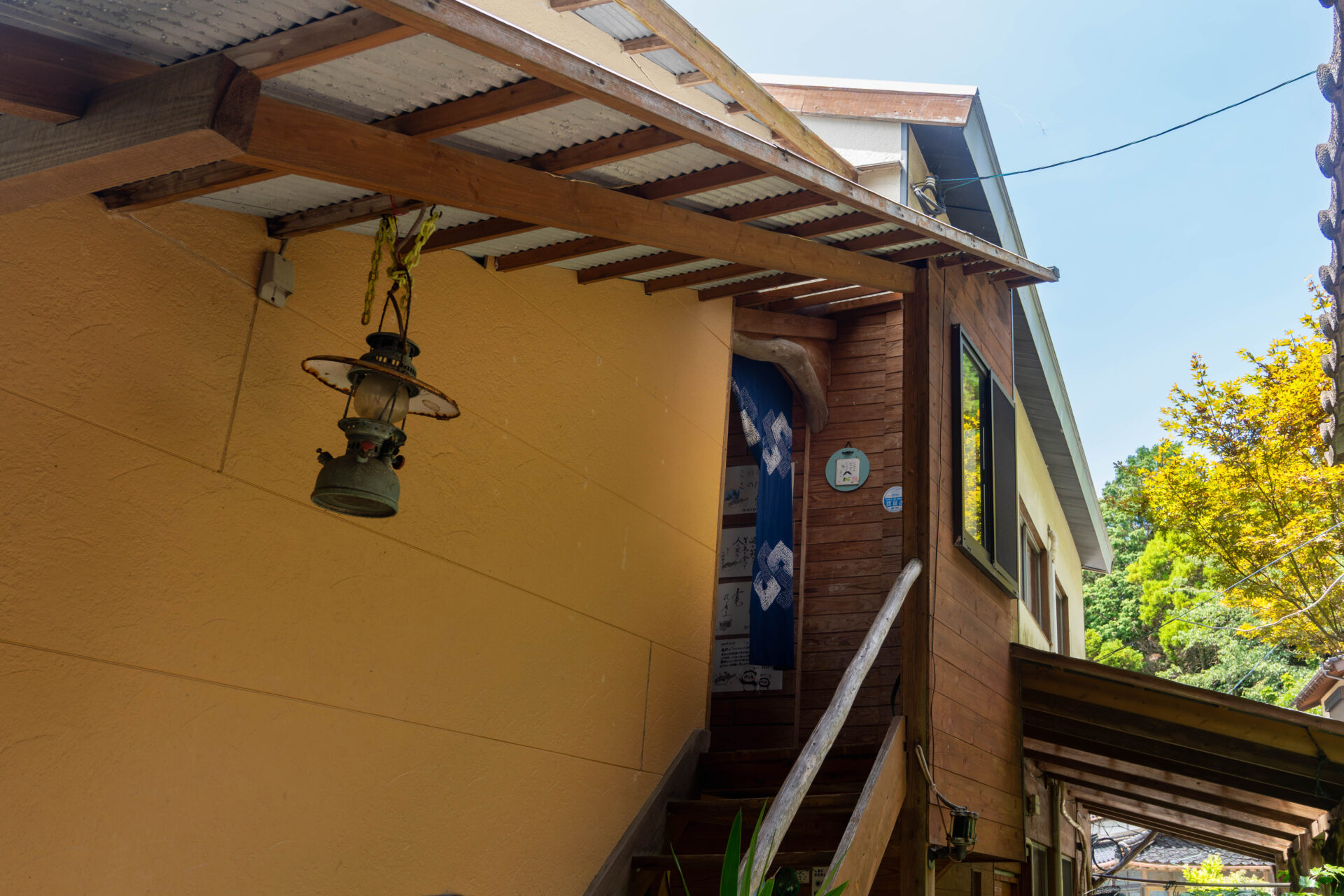
Dining Space
Inside, large windows open onto a panoramic view of the sea. The wooden interior exudes warmth and simplicity — no excess décor, only the calm presence of nature and food. Sitting by the window, you’ll see the tranquil waters of Kariya Bay and the occasional passing fishing boat — a moving backdrop that feels alive.
The tables and chairs are handmade, sturdy yet inviting, and traces of the chef’s own handiwork remain throughout the space. This touch of imperfection breathes life into the dining room, grounding the refined cuisine in human warmth.
By day, sunlight sparkles on the water; by night, waves and darkness envelop the space. Dining here feels like staying in a private seaside retreat — a moment of stillness where sea and cuisine become one.
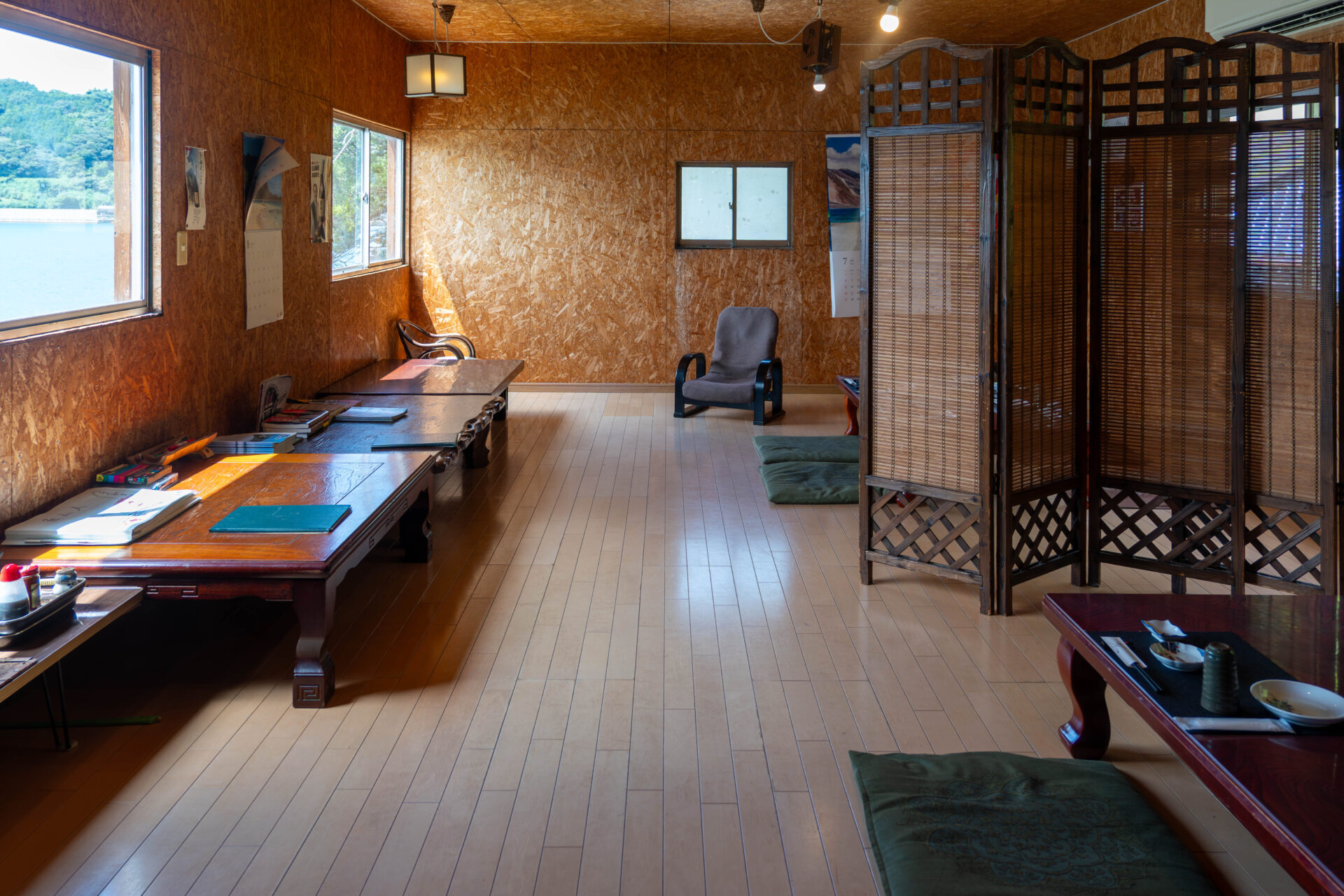
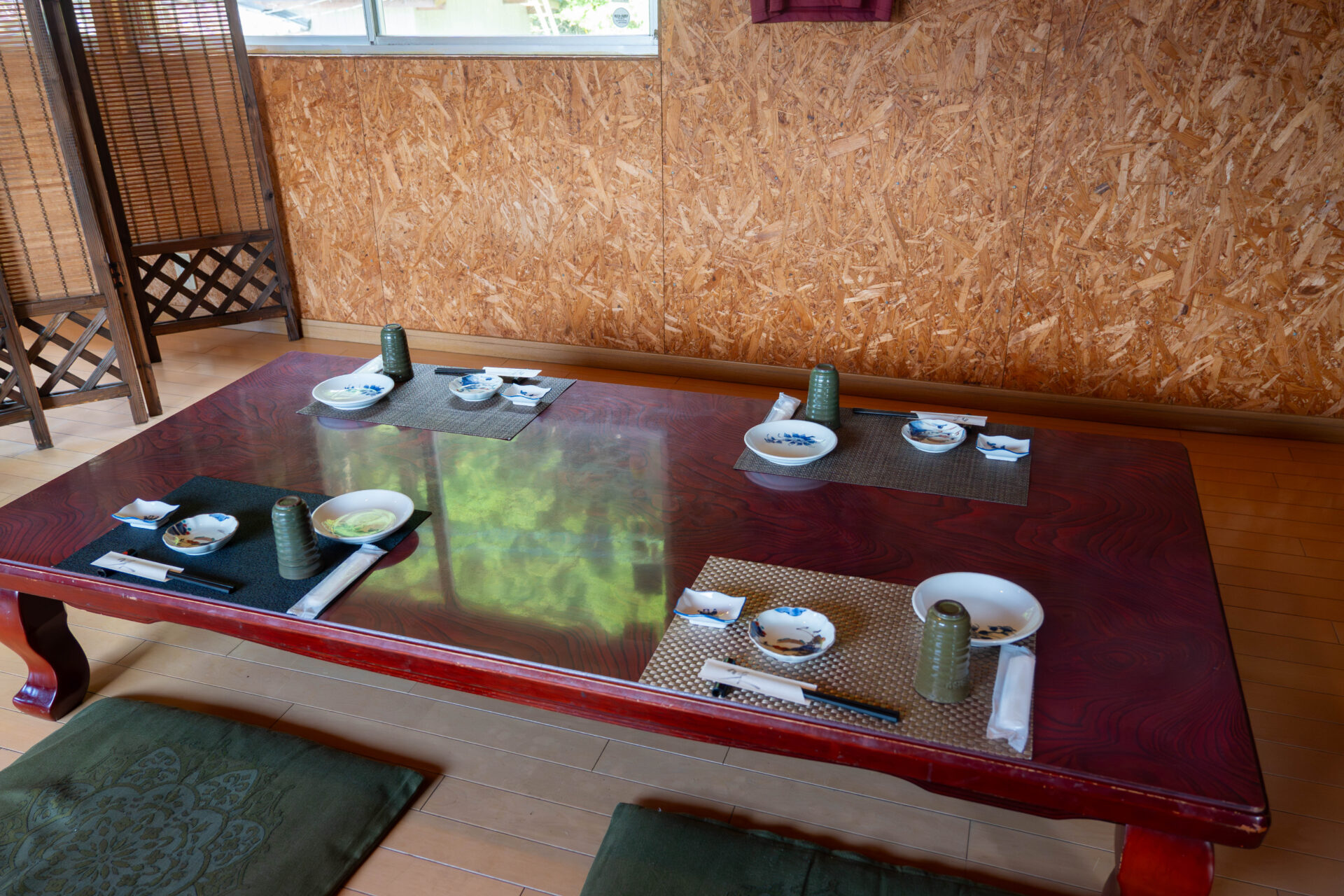
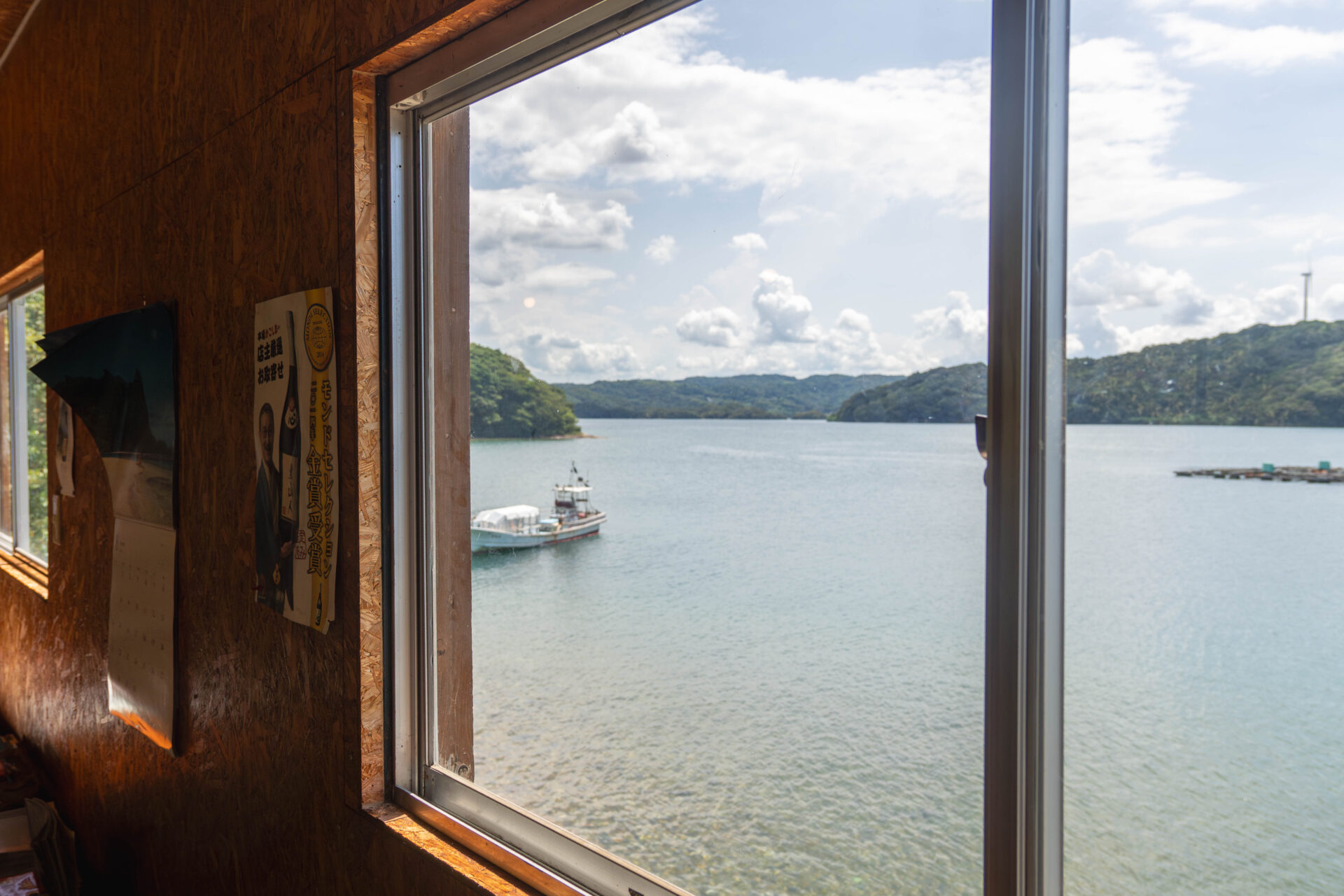
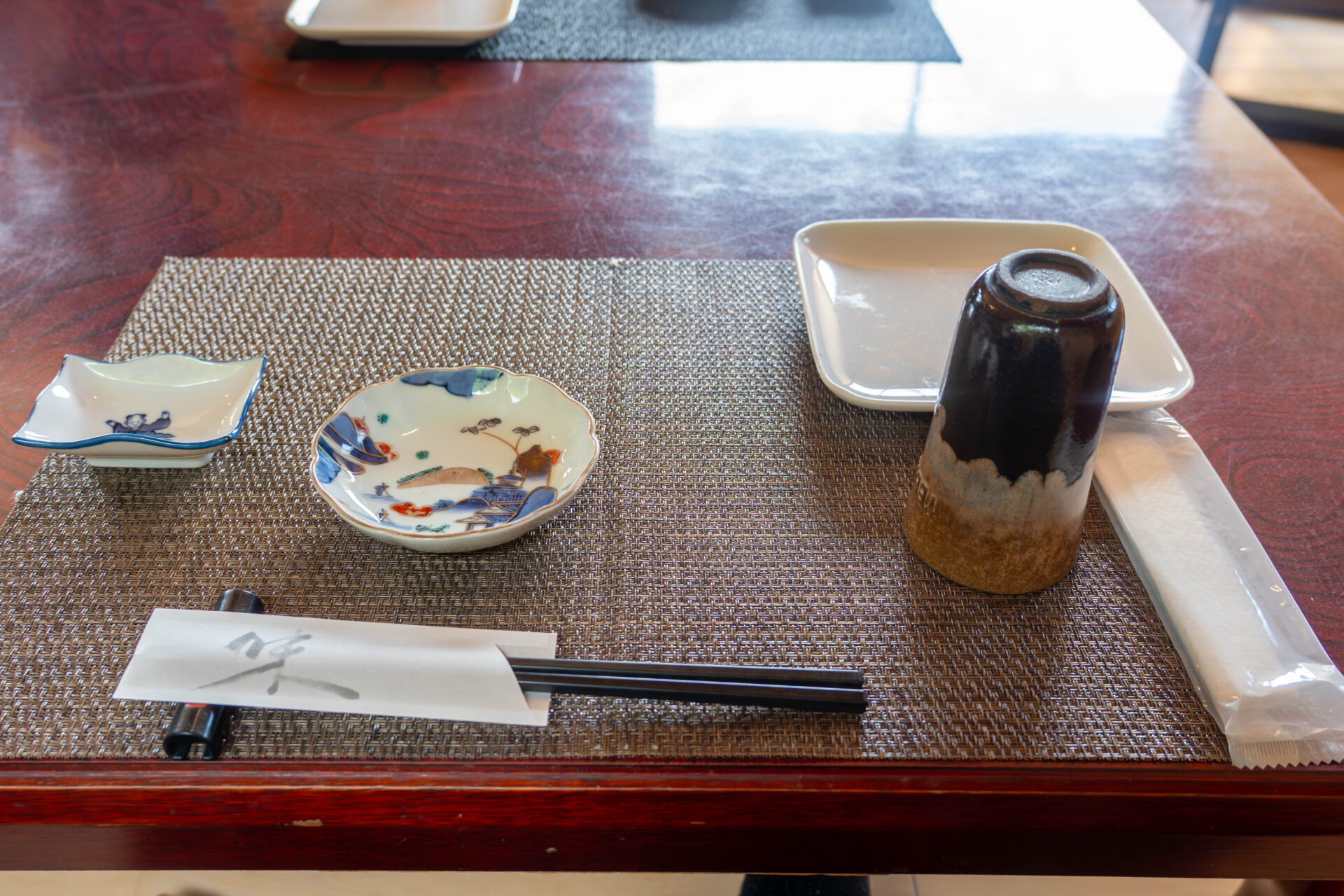
Menu Presentation
The omakase course at Gyosanjin changes daily, depending on the day’s catch and the vegetables from the chef’s garden — and even on guests’ preferences or budget. Prices range roughly from ¥5,000 to ¥20,000, but every menu reflects “what the chef believes is best that day.”
For this visit, we chose a special course (¥6,000) featuring sea urchin and steamed abalone. With the bounty of the ocean as its heart, anticipation builds naturally for the sequence of dishes to follow.
Dishes We Enjoyed
Sashimi
The first course was an elegant sashimi platter featuring sea bream, flounder, and squid fin. Each slice, cut thickly to highlight texture, gleamed with freshness and carried a satisfying bite.
Instead of wasabi, the dish was paired with homemade yuzu-kosho, whose citrus aroma and gentle heat enhanced the natural sweetness of the fish. Two kinds of soy sauce — light and dark — were offered for comparison, adding a playful note of customization to the experience.
Thinly sliced onions dressed in ponzu added brightness, cleansing the palate between bites. This opening plate beautifully conveyed both the richness of the sea and the chef’s thoughtful attention to detail.
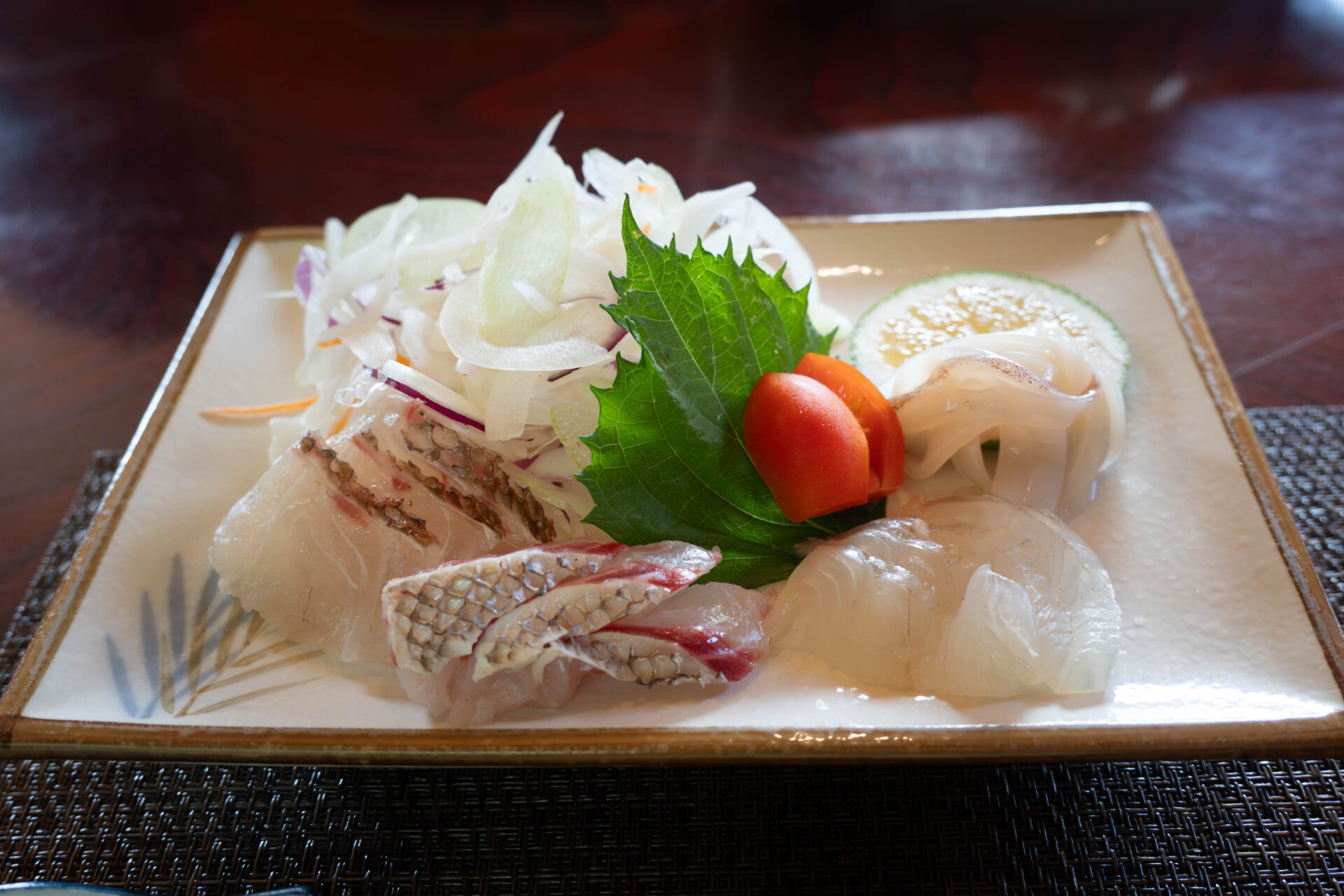
Grilled Turban Shell
Next came a generous serving of turban shells straight from the Genkai Sea. The aroma alone — a mix of ocean brine and charred shells — was irresistible.
“Just add two drops of soy sauce,” the chef advised with a grin. Following his cue revealed a perfect harmony: the subtle smokiness of the shell, the umami of the sea, and a hint of caramelized soy mingled into a deep, satisfying flavor.
The interplay of bitterness and sweetness, the tender texture, and the oceanic aroma made it a dish that begged to be paired with sake — a quintessential expression of seaside simplicity and depth.
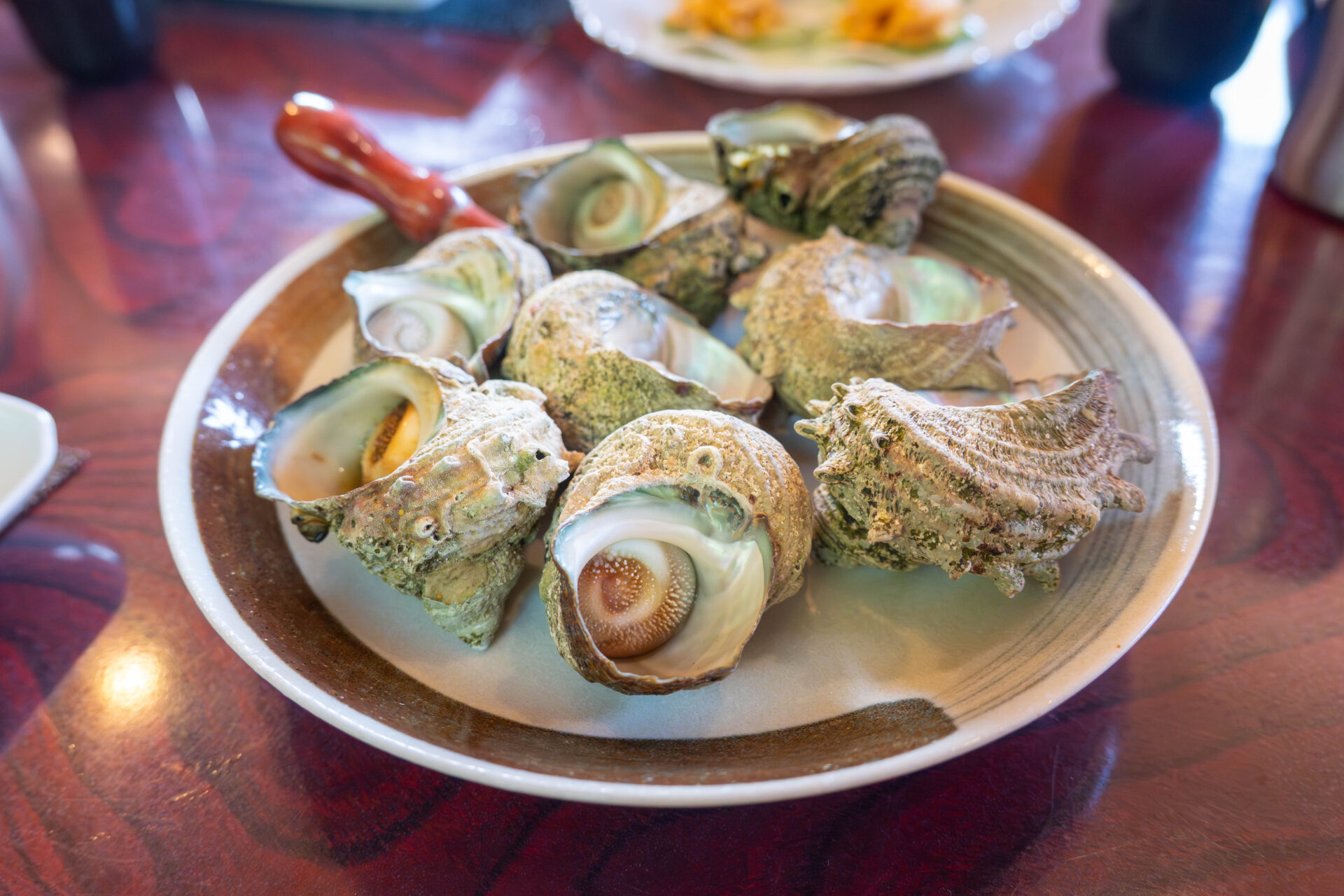
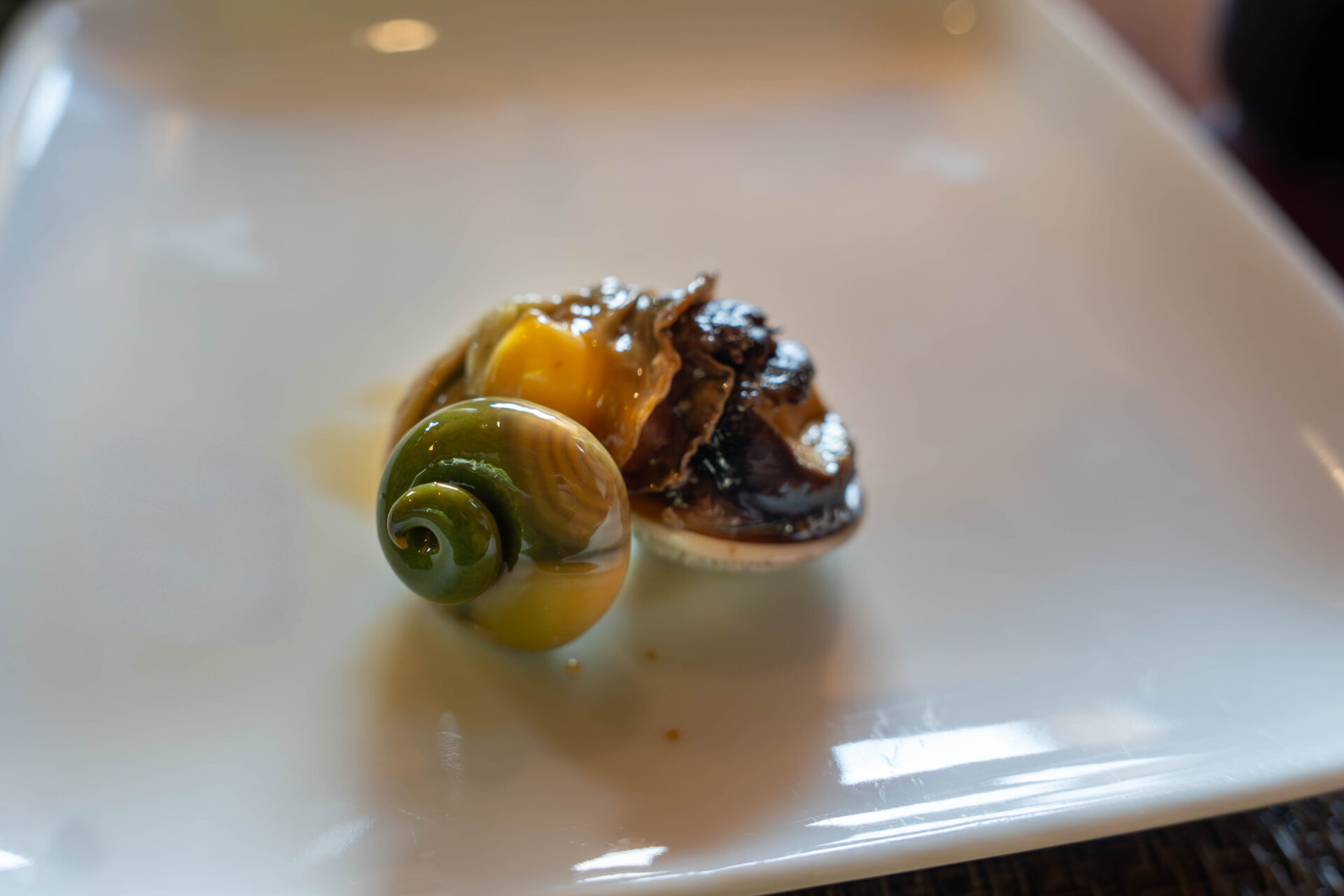
Red Sea Urchin from Iki Island
This vibrant red-orange sea urchin, sourced from nearby Iki Island, was served atop daikon and cucumber — a single-bite presentation that encapsulated the sea itself.
The cool crunch of the vegetables accentuated the creamy sweetness of the urchin, releasing a wave of ocean fragrance with every mouthful. Its buttery texture melted instantly, leaving behind an elegant umami echo.
A pure and memorable expression of the sea’s richness, distilled into one perfect bite.
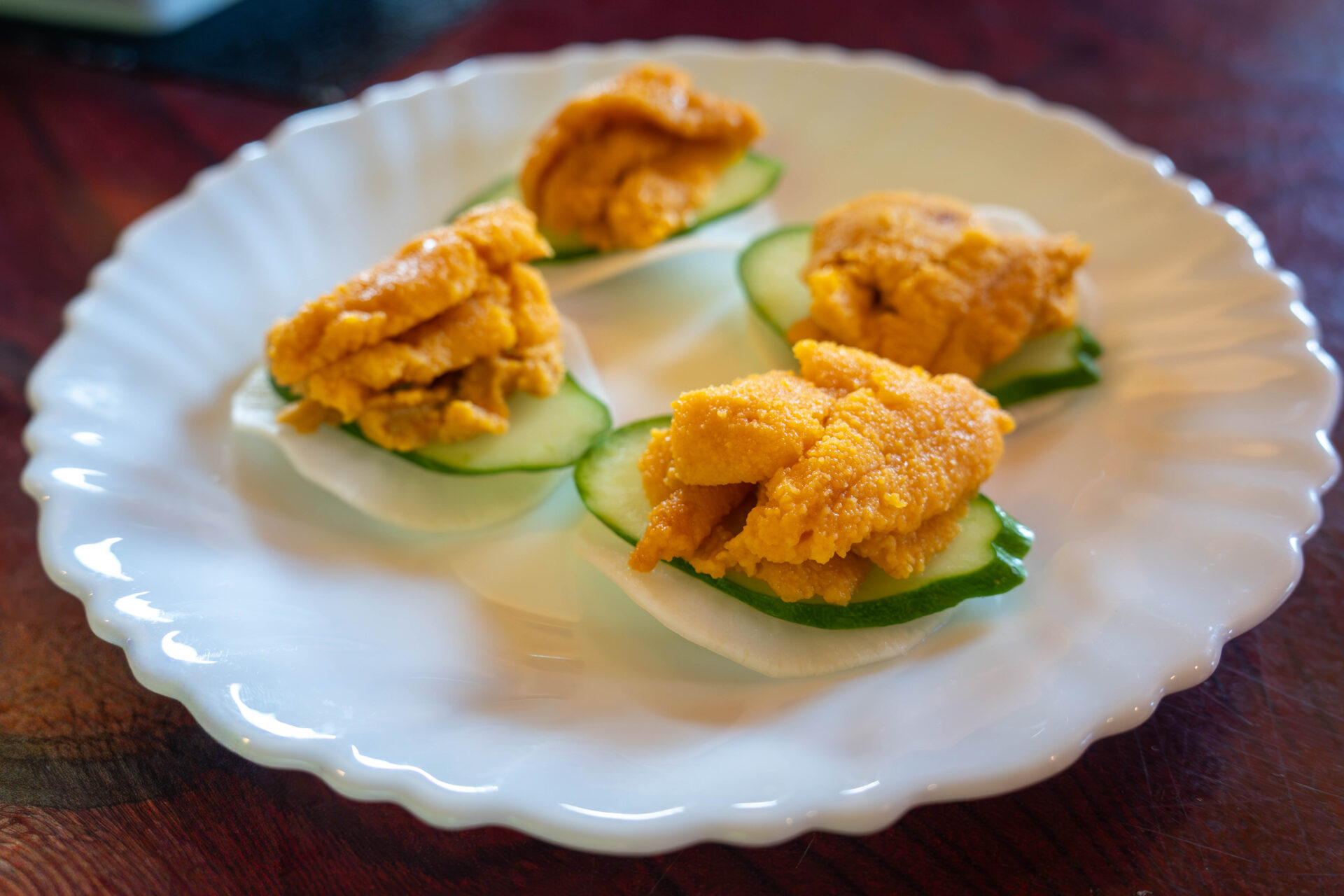
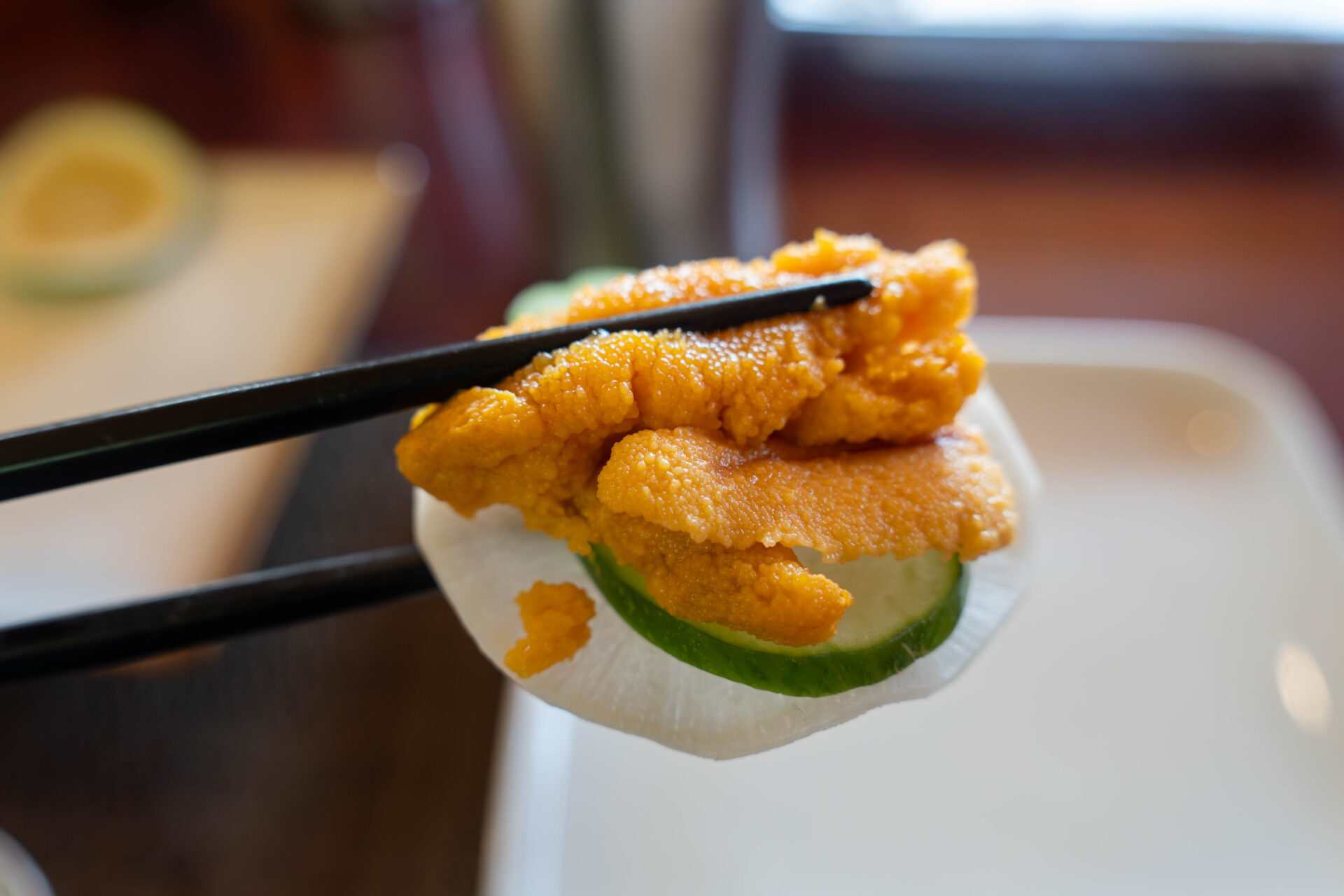
Grilled Fish
A dramatic plate of whole grilled fish — black sea bream that had been caught just hours earlier. The golden-brown skin crackled slightly under the chopsticks, releasing an intoxicating aroma of the sea and smoke.
The flesh beneath was plump and moist, with a delicate contrast between the fatty belly and the firmer back. Around the collar, the collagen-rich meat turned silky, combining with the crisp skin to create a crescendo of umami.
Seasoned only with salt, the fish spoke entirely for itself — bold, elemental, and deeply satisfying. A dish that perfectly represents Gyosanjin’s essence: simplicity elevated by the quality of the catch.
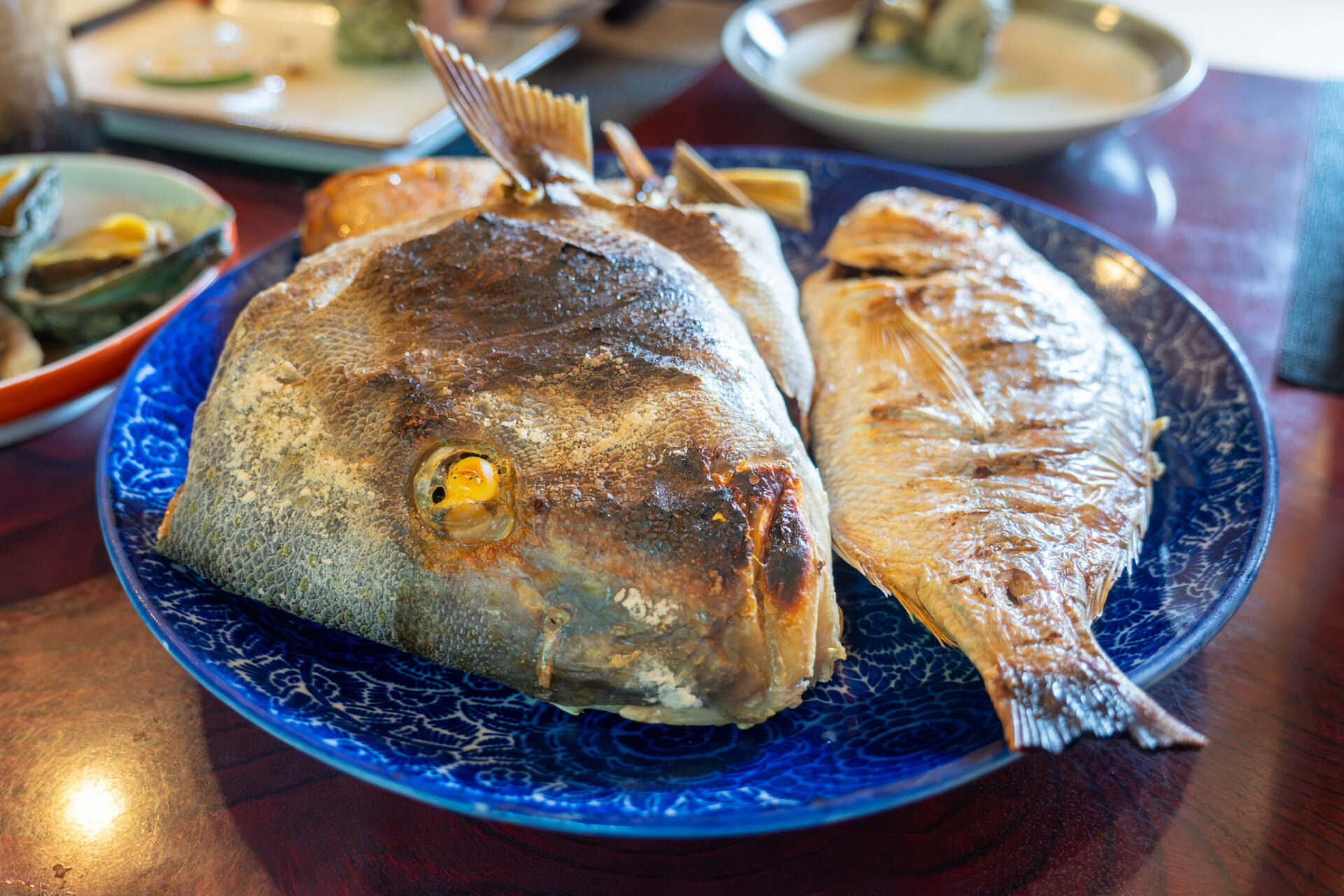
Steamed Abalone
Served in its shell, the steamed abalone glistened with golden hues. Thick and tender, it offered both firmness and succulence — a balance achieved only through precise steaming.
Each bite released layers of concentrated ocean essence, revealing both sweetness and minerality. The delicate cooking preserved its natural flavor while amplifying depth and richness.
Elegant yet primal, this dish embodied the very soul of the sea — a Gyosanjin signature in its purest form.
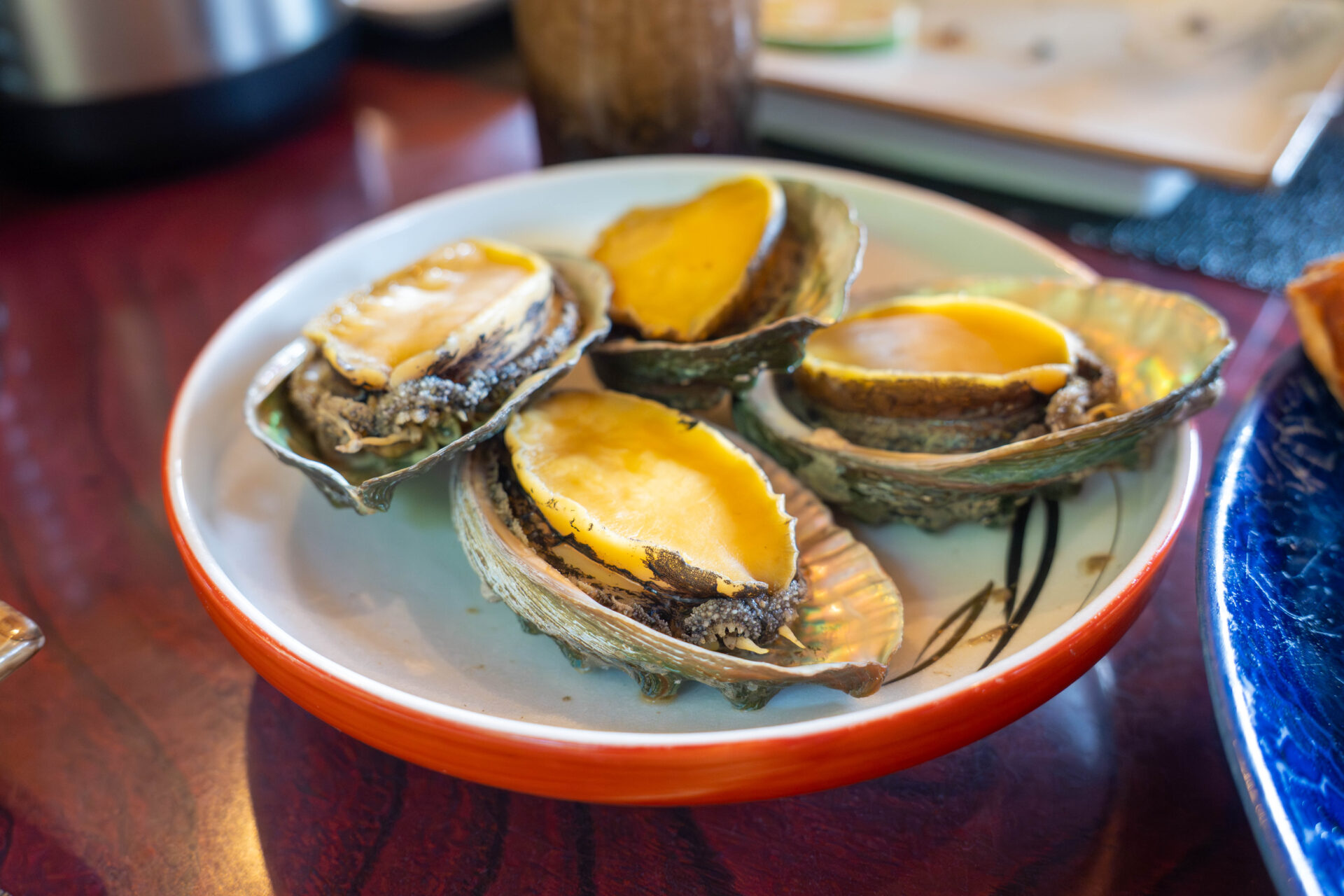
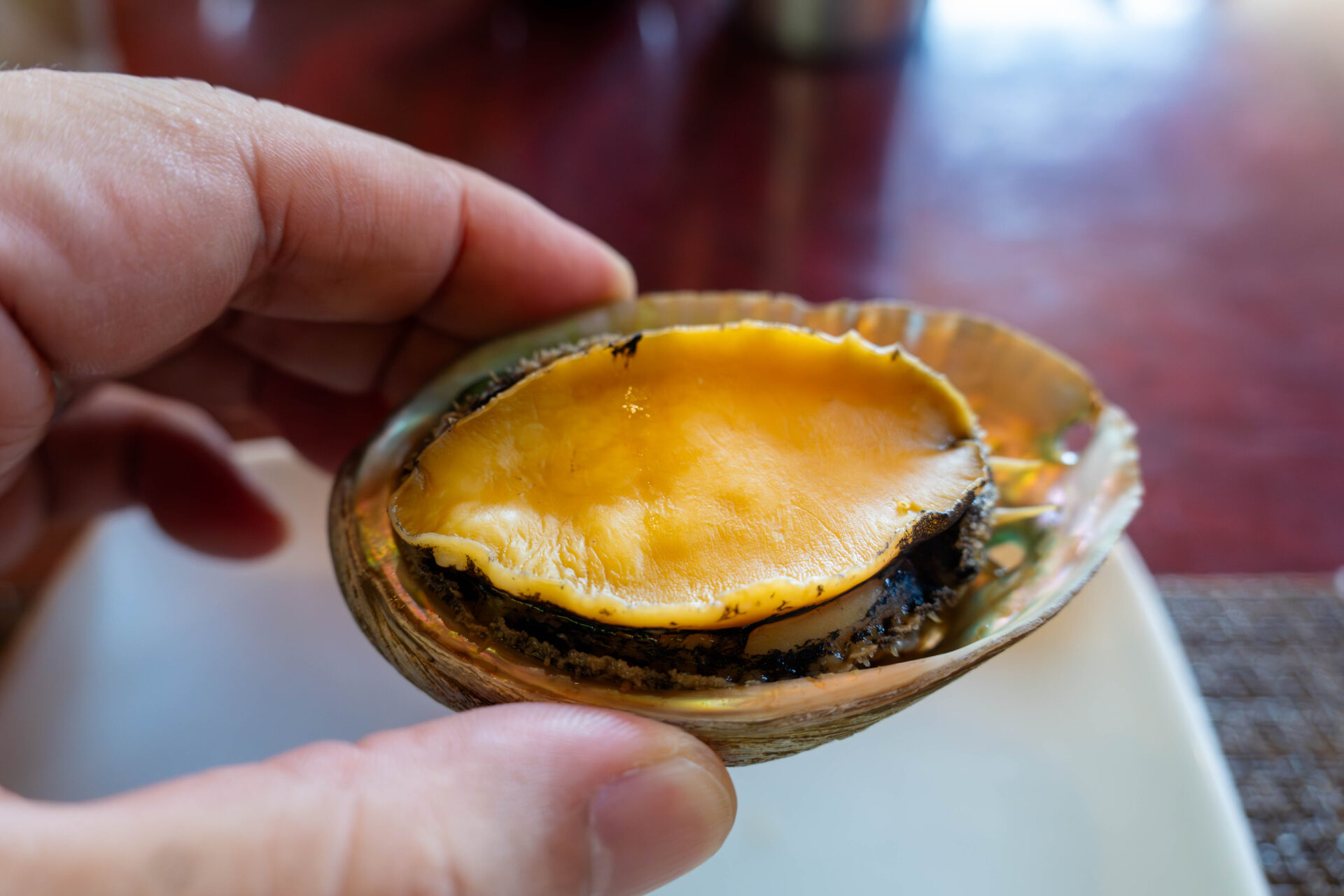
Simmered Squid and Taro Stem
Between the seafood courses came a humble yet comforting dish — simmered squid with zuiki (taro stem), grown by the chef himself. The squid was tender and flavorful, while the vegetables absorbed the broth’s umami, carrying a gentle earthy aroma.
Each bite blended sea and soil, embodying Gyosanjin’s theme of connecting the ocean and the land. Simple, honest, and quietly profound.
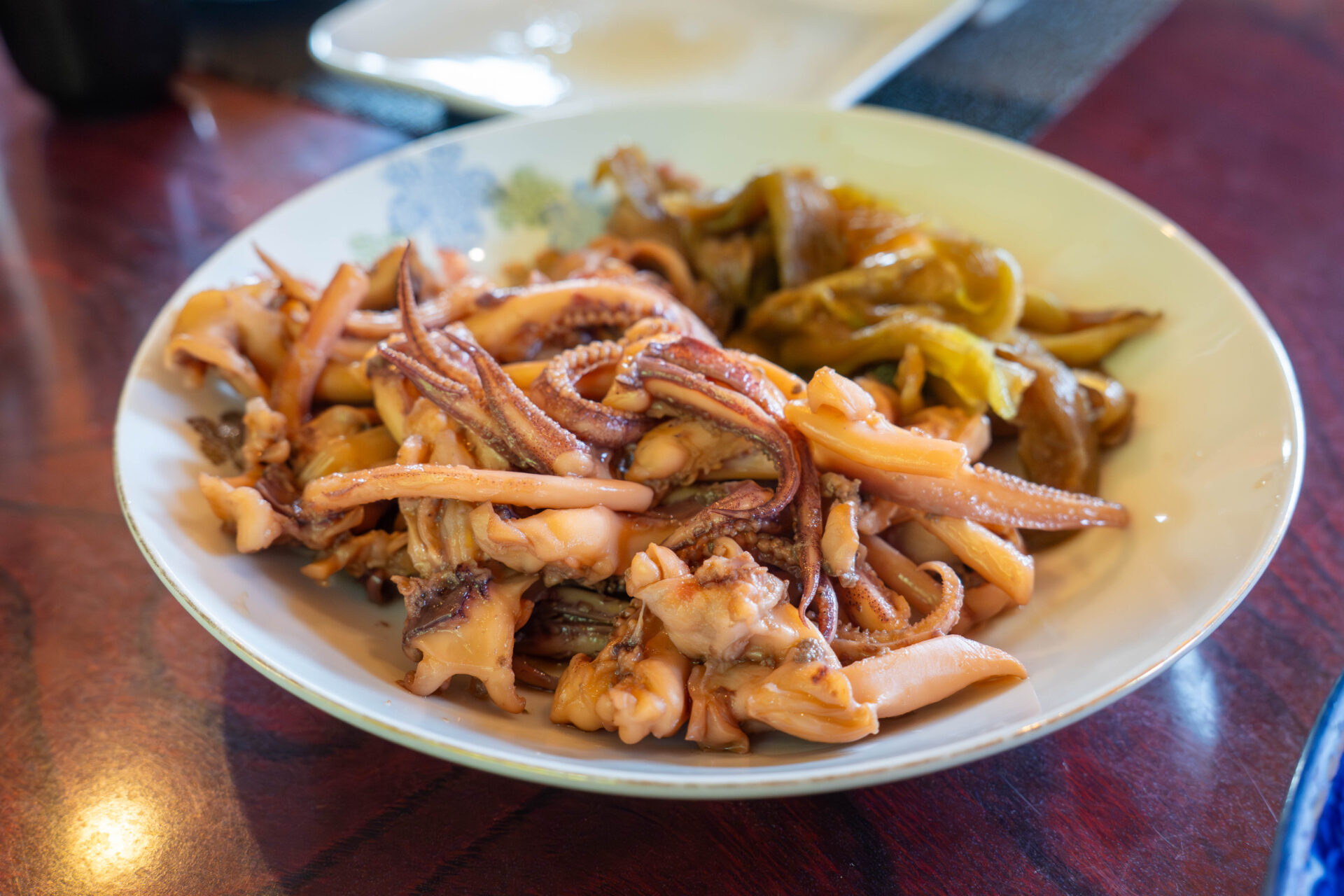
Octopus Carpaccio
Layered over a bed of shredded cabbage and tomatoes was thinly sliced local octopus, caught just beneath the restaurant’s deck. Served carpaccio-style, it balanced freshness and texture with understated elegance.
The dressing was remarkable — a collaboration with the chef of Tokyo’s Sichuan restaurant Ryū-no-Ko. Fragrant sesame oil and subtle Chinese spices elevated the sweetness of the octopus, creating a surprising yet harmonious fusion of coastal and urban sensibilities.
This plate perfectly expressed Gyosanjin’s spirit — grounded in local ingredients yet open to the wider world, blending tradition and creativity with effortless grace.
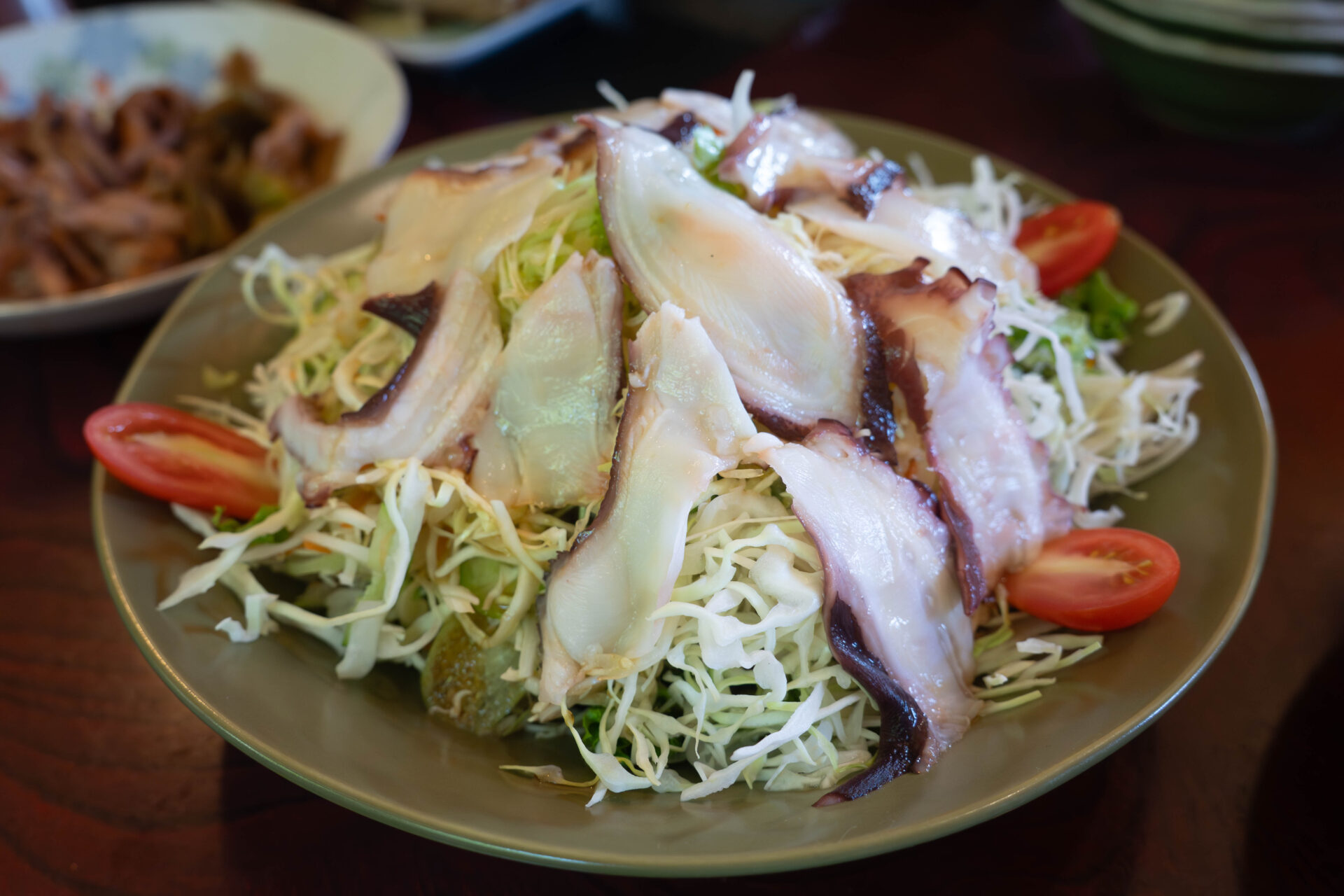
Homemade Tokoroten (Agar Noodles)
Between the seafood dishes came a refreshing palate cleanser — house-made tokoroten, or agar noodles. Clear and glistening like glass, they were crafted from tengusa seaweed harvested on the hill just behind the restaurant.
The noodles swayed lightly when lifted, and their smooth texture filled the mouth with a cool, clean sensation. The sesame-scented sauce added a gentle nuttiness and tang, leaving a crisp, refreshing finish.
After a series of ocean dishes, this mountain-born element quietly reminded us of Gyosanjin’s central idea: that sea and land coexist on a single table.
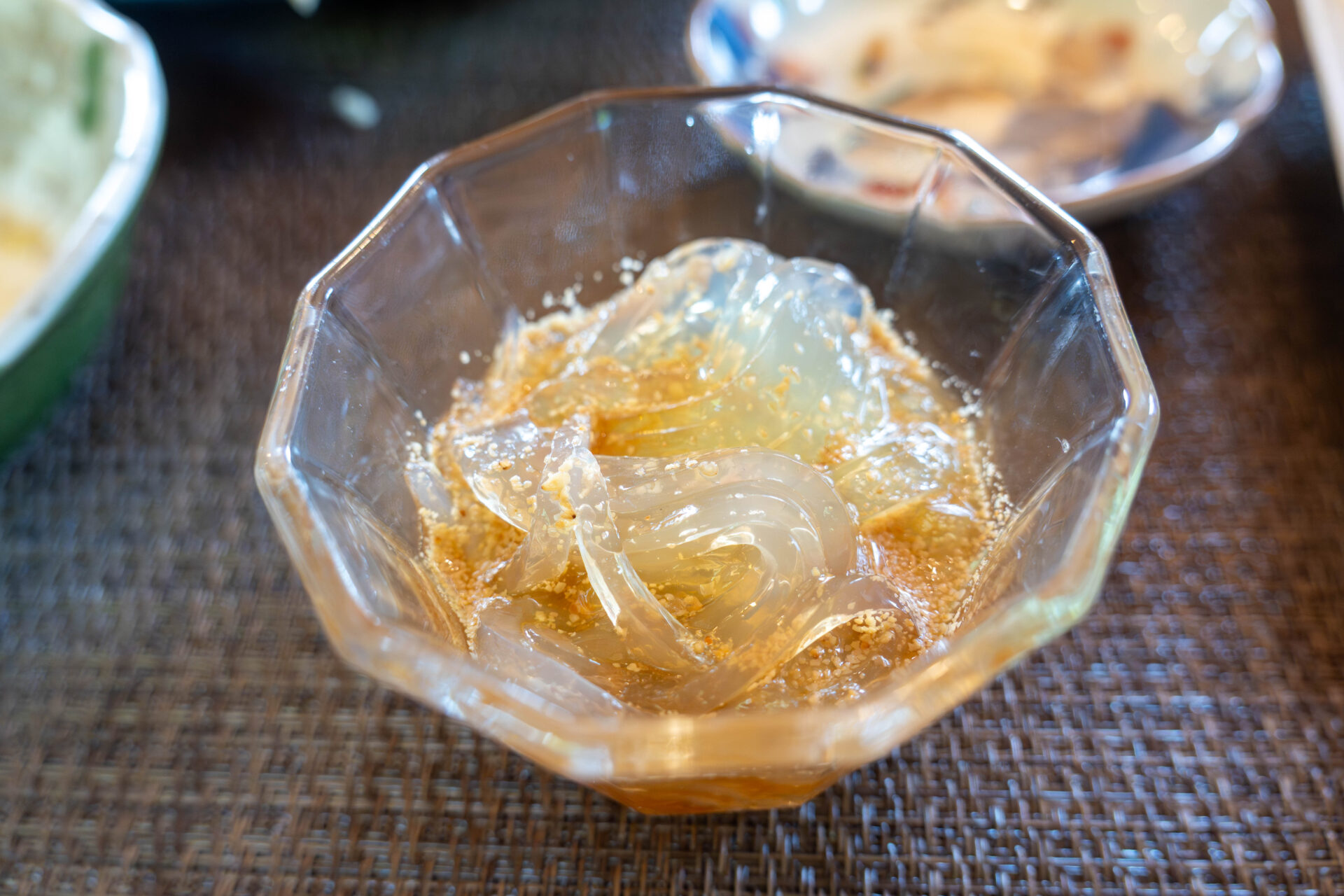
Simmered Filefish
Next arrived a whole simmered filefish (kawahagi), a dish of understated beauty and depth. Served in its natural form, the white flesh was moist and tender, infused with the gentle sweetness of the soy-based broth.
The highlight was the creamy liver, served alongside — rich and velvety, melting into the fish and creating a luxurious, layered flavor. Despite its rustic presentation, the dish carried an elegant restraint that spoke to the chef’s intuition.
It was a perfect embodiment of the restaurant’s philosophy: humble ingredients, elevated by sincerity and care.
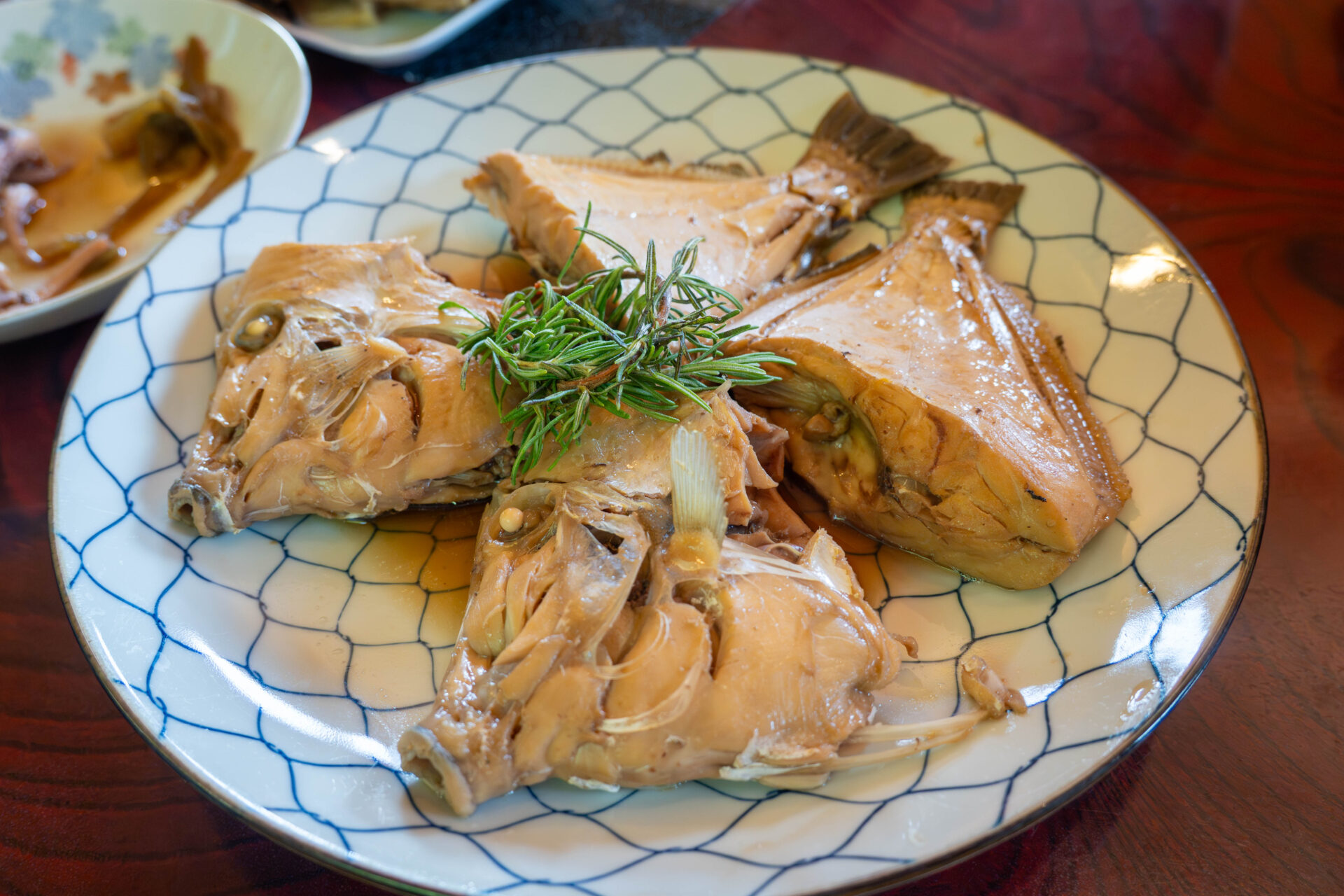
Chawanmushi with Sea Urchin and Scallops
One of the most distinctive dishes was the sea urchin and scallop chawanmushi, a silky steamed egg custard born from the friendship between the chef and French master Hiroyuki Sakai of “Iron Chef.”
Within the smooth, milky custard lay sea urchin, scallop, and shiitake mushrooms — a combination that blurred the line between Japanese simplicity and French refinement. The flavors of sea and forest merged seamlessly into an elegant harmony.
Topped with a sprig of apple mint, the chef smiled and said, “It smells like 18.” The meaning was unclear — but his playful warmth lingered, much like the gentle fragrance of the dish itself.
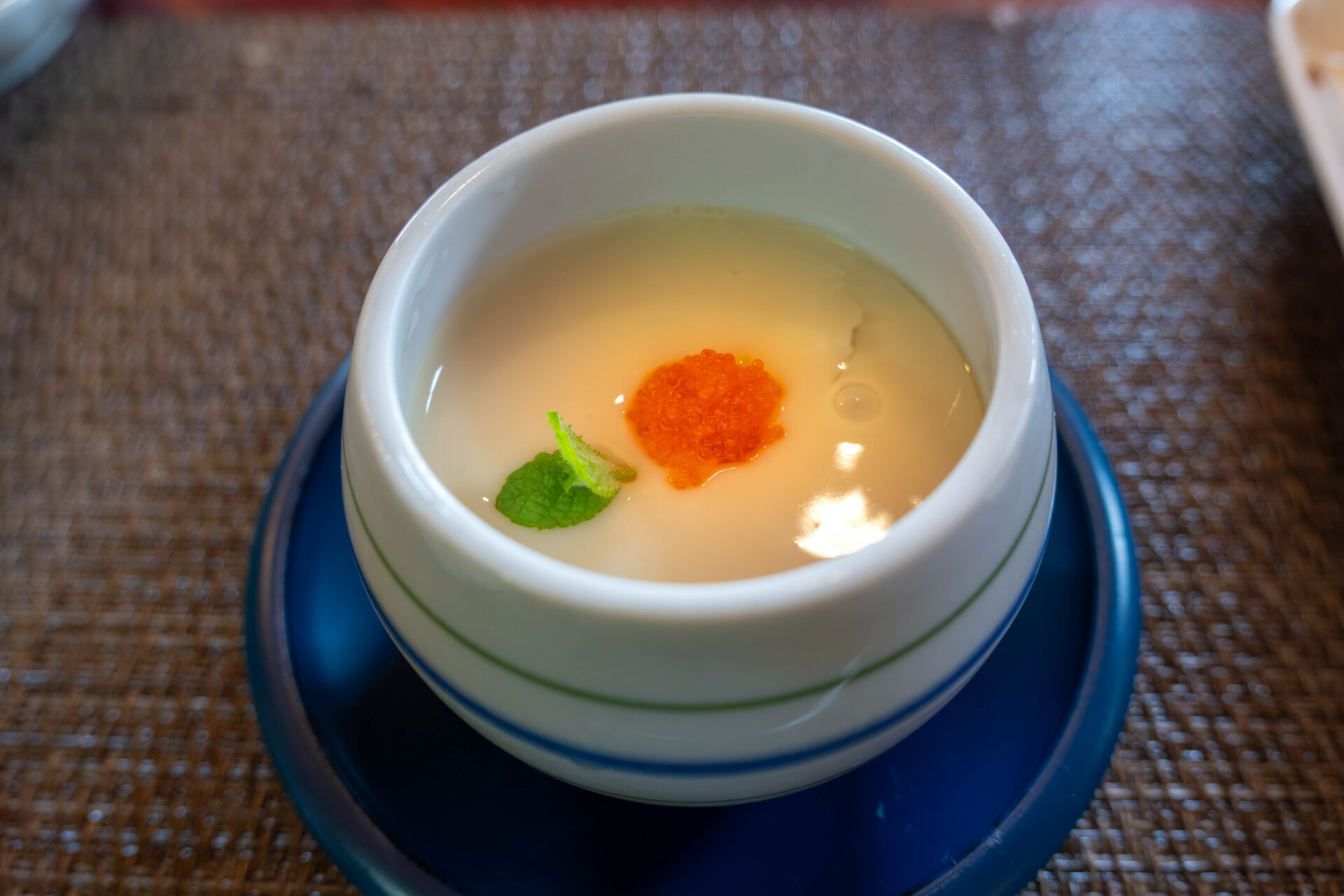
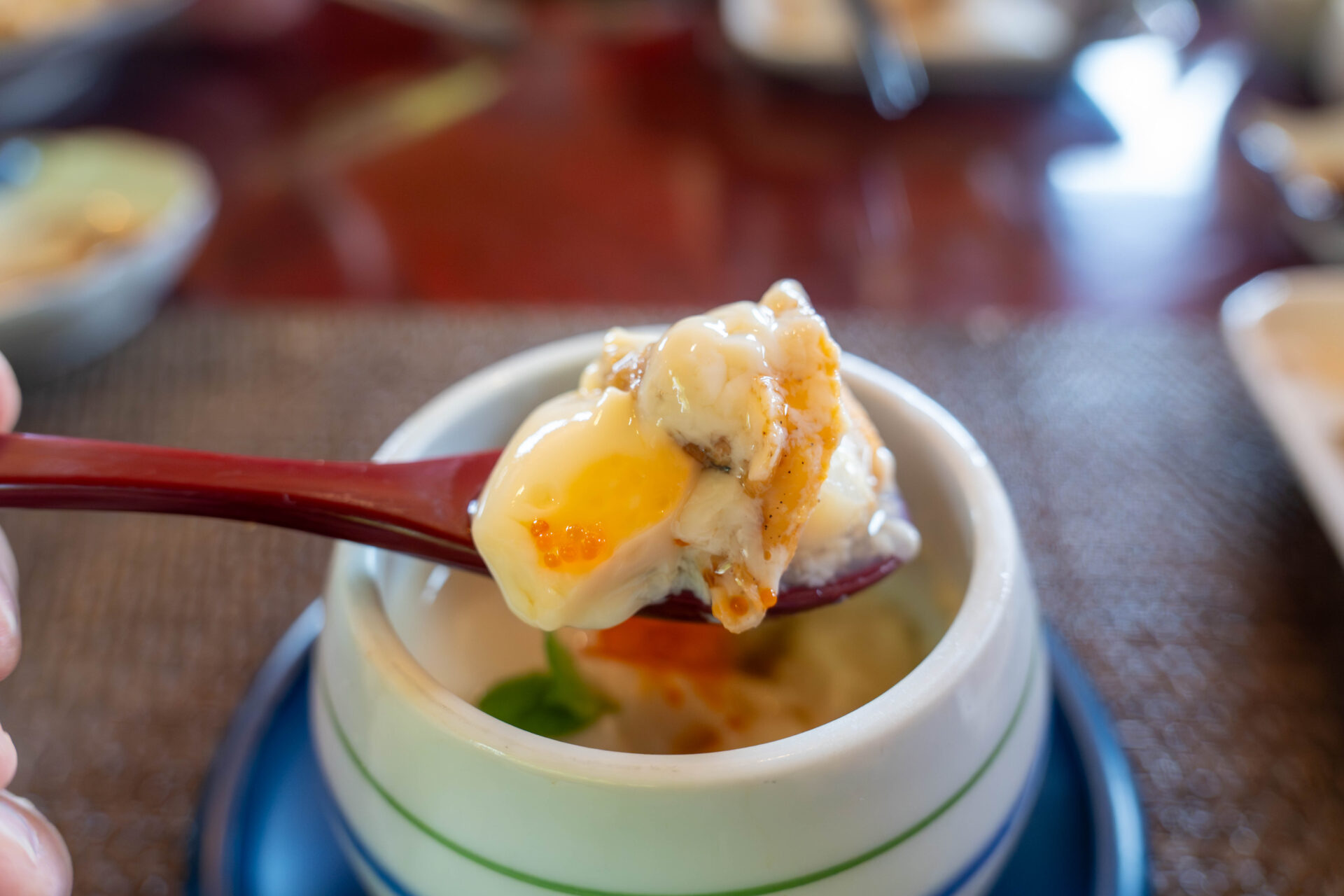
Main Sushi Course
The finale arrived in a large wooden tub: a striking array of sushi that drew gasps of delight. The rice, made from ancient grain sourced from the chef’s in-laws’ farm, had a subtle reddish hue and a nutty aroma that deepened with each bite.
The day’s selection included squid, flounder, sea bream, and a roll filled with abalone liver — a standout combination of umami and earthy depth. The pairing of rich liver and fragrant rice was unforgettable.
Beyond the pristine freshness of the fish, it was the character of the rice that defined this sushi — strong, flavorful, and deeply grounding, a testament to the chef’s belief in the integrity of every ingredient.
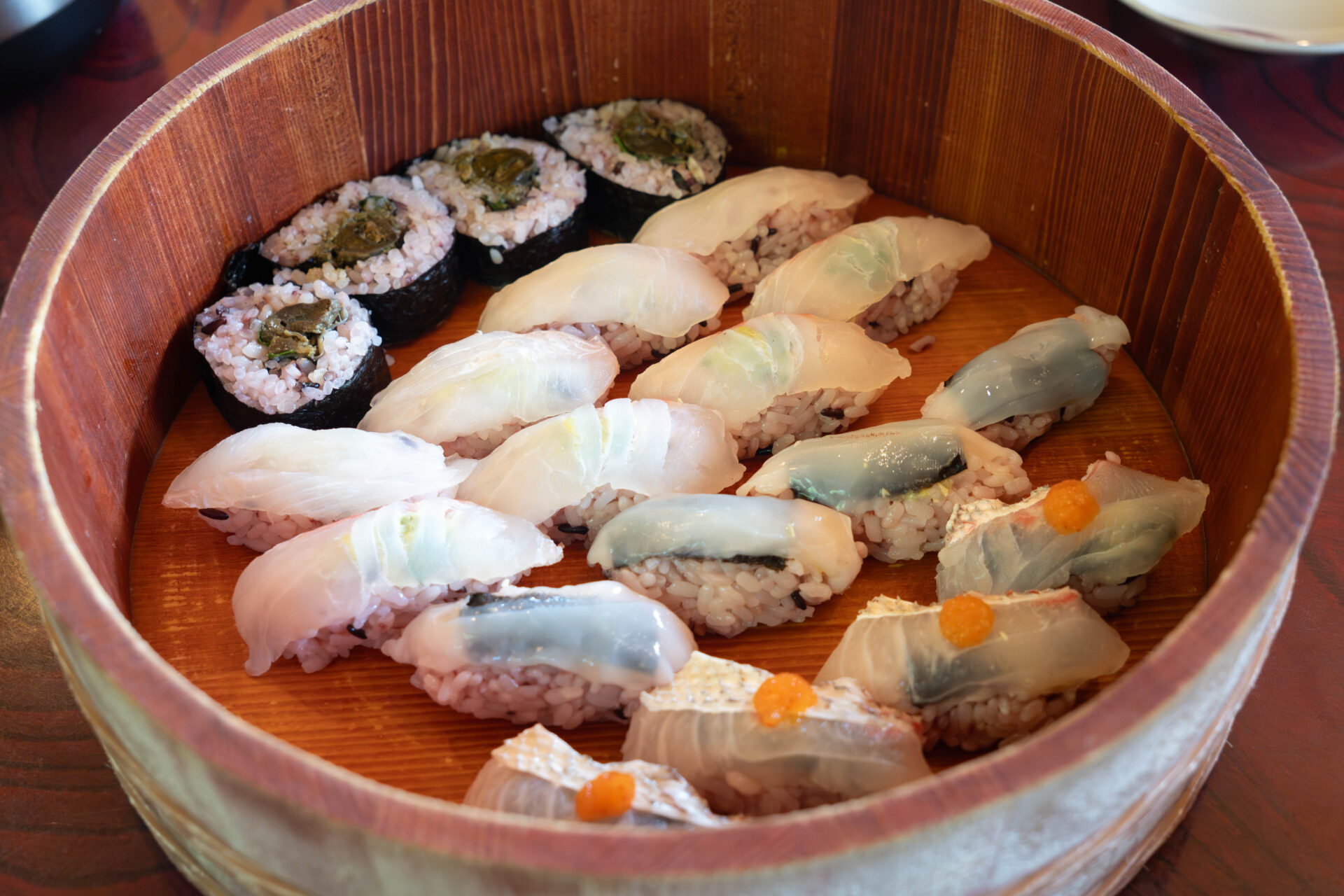
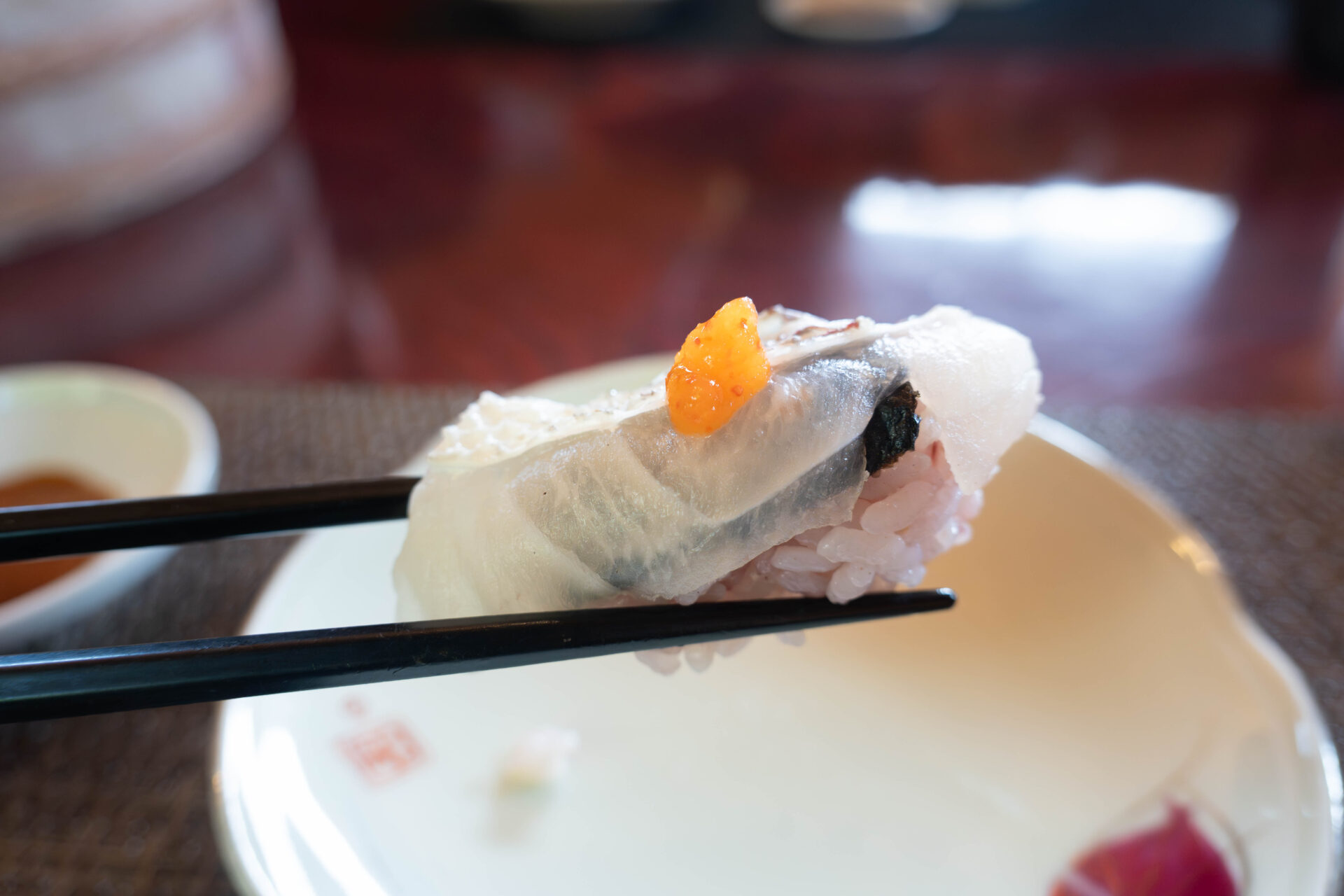
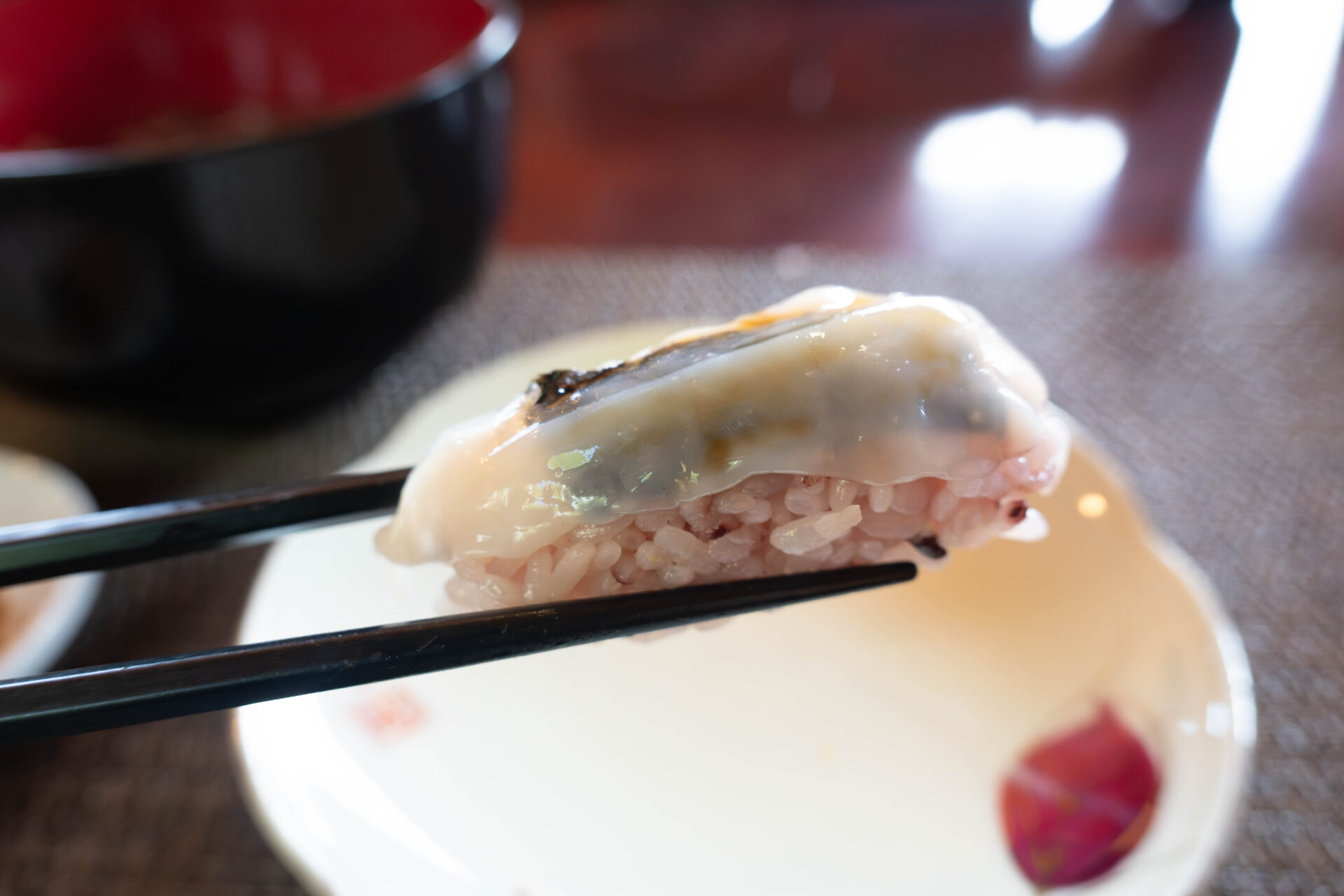
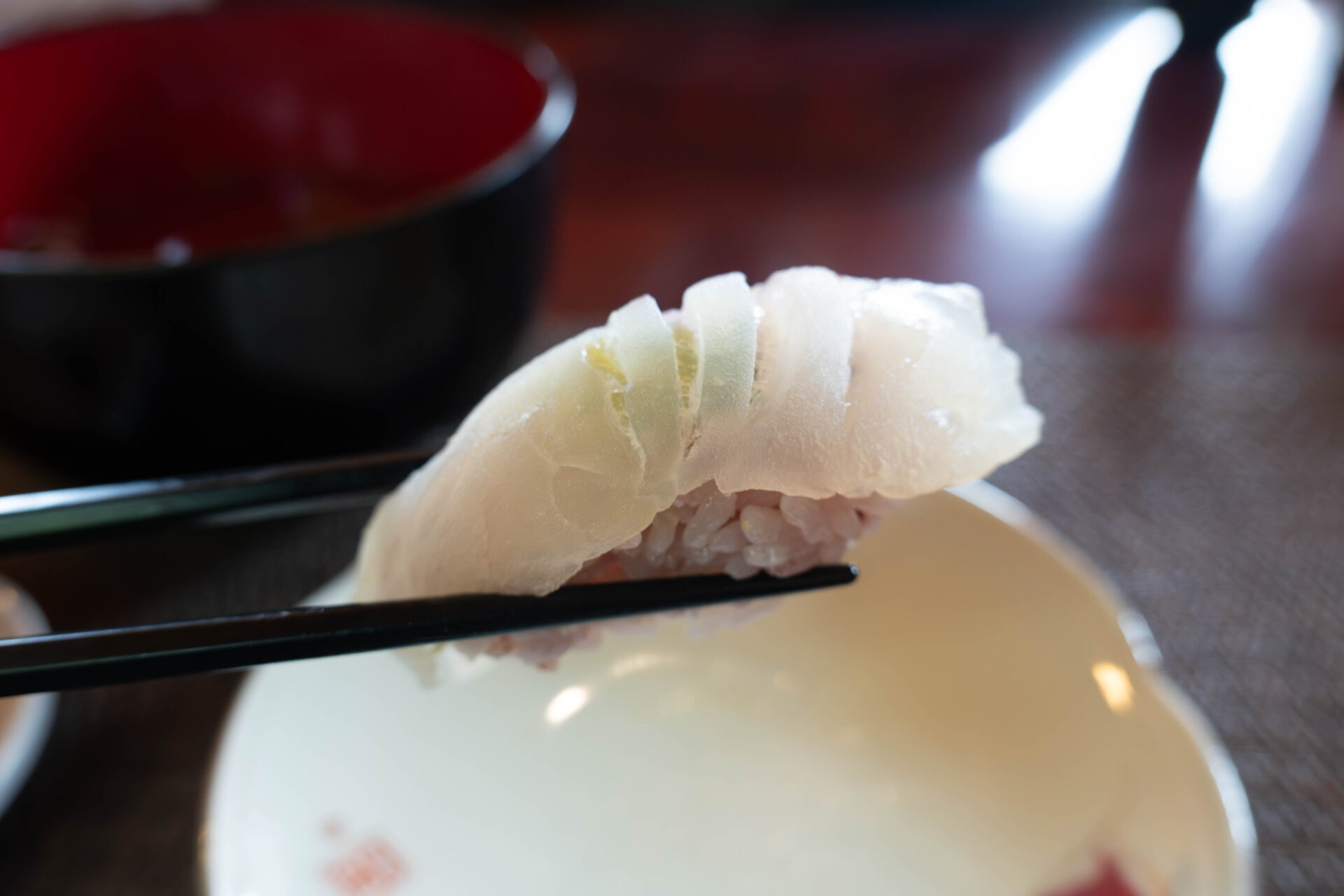
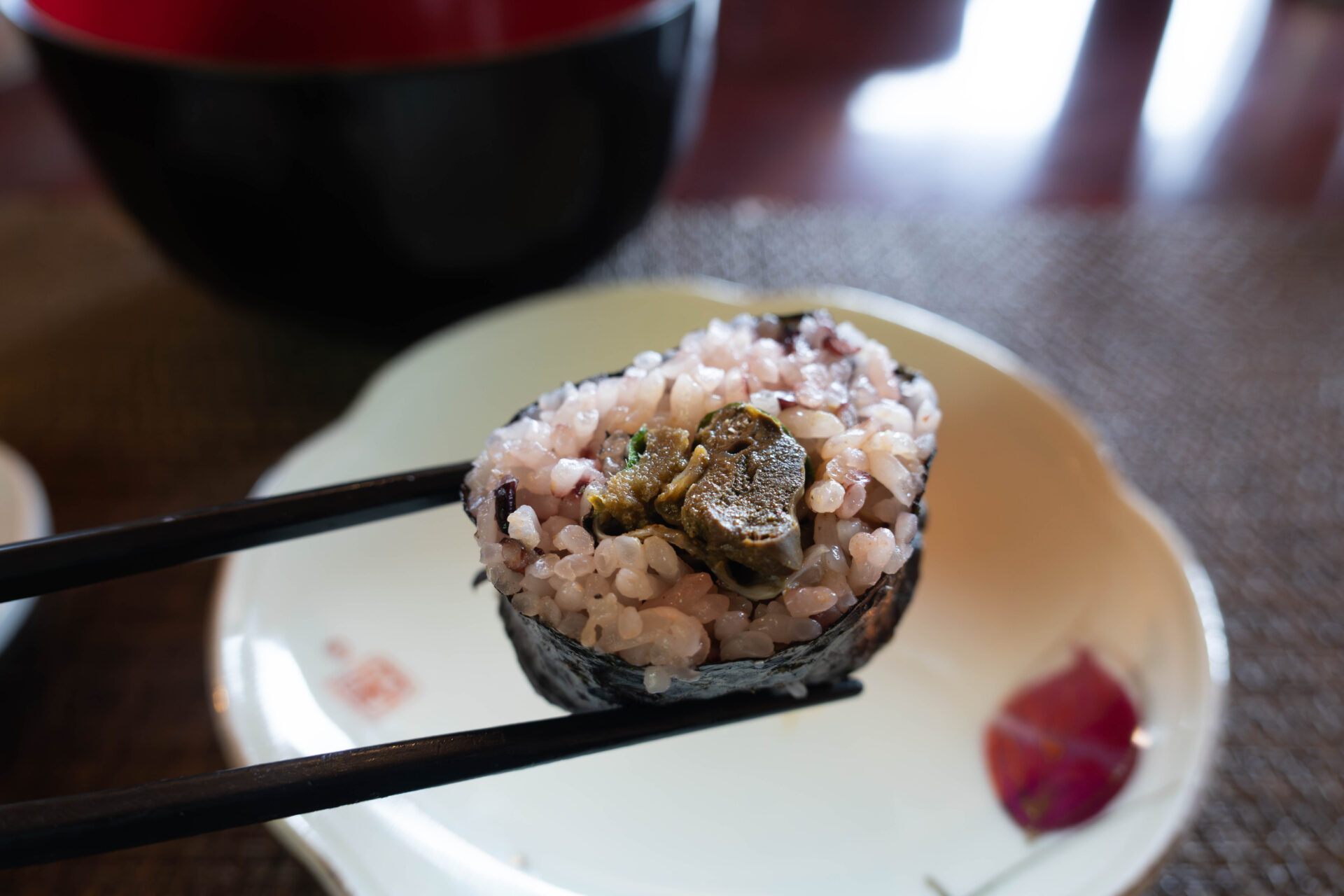
“Magic Soup” (Whitebait Broth)
To accompany the sushi came what the chef fondly calls his “Magic Soup” — a clear broth infused with shirasu (whitebait). The moment it touched the lips, its gentle saltiness and delicate umami soothed the senses.
Lightly accented with wakame and green onions, the soup balanced the richness of the preceding dishes and refreshed the palate beautifully.
The chef’s whimsical name proved fitting — there was indeed something quietly healing about it. A humble, soulful ending to an extraordinary meal.
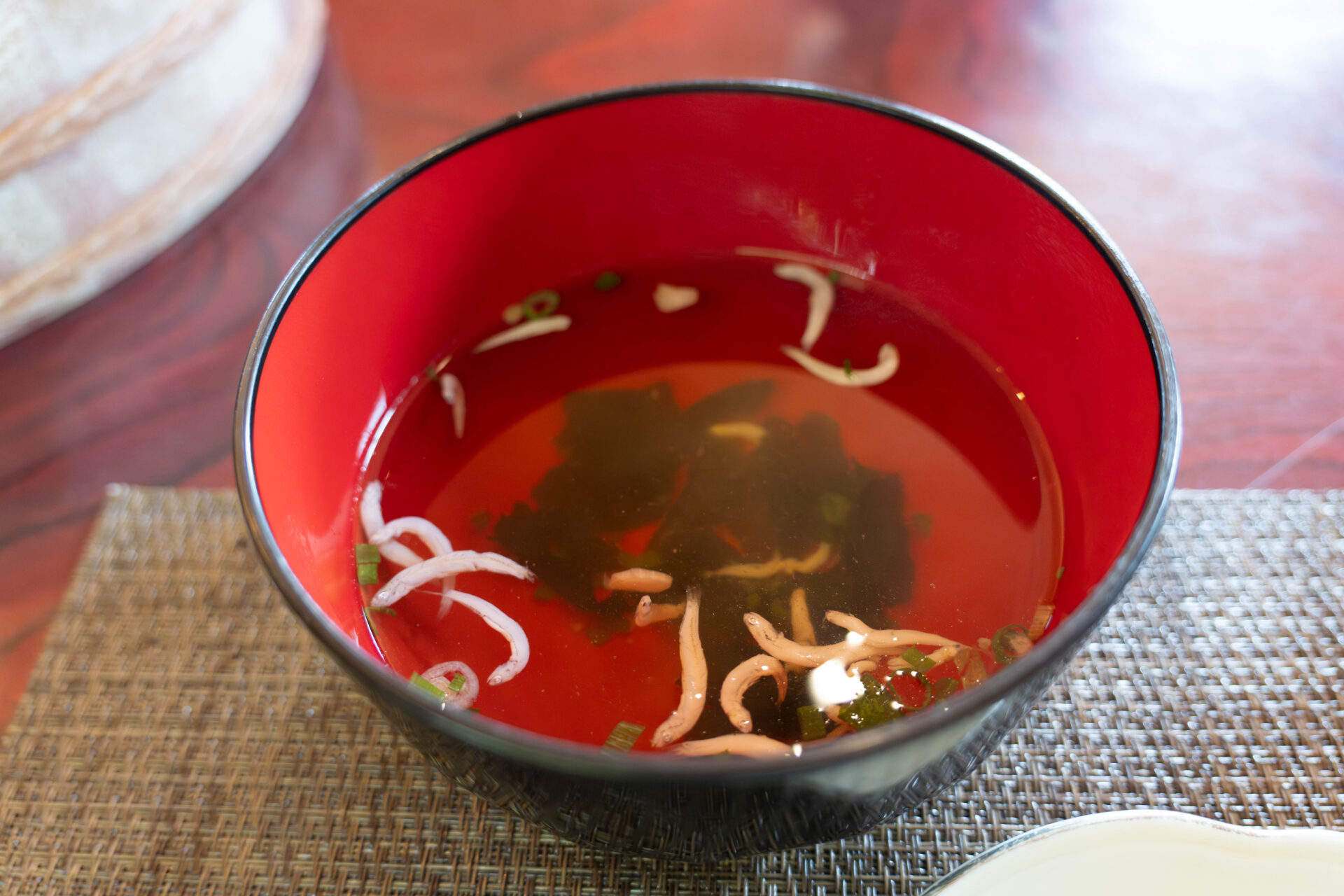
Impressions & Reflections
The experience at Gyosanjin begins long before the first bite. Standing at Kariya Fishing Port, watching the calm surface of the bay as the chef approaches in his fishing boat, one immediately senses that this is no ordinary restaurant. The gentle rocking of the boat, the salty air, and the slow approach toward the solitary house on the cape all combine to create a feeling of entering another world — one where time moves differently.
Inside, sunlight streams through the windows, filling the room with the scent of the sea. Sitting at the wooden counter, it feels as though the dining table and the ocean are one continuous surface. Each dish — shaped by the day’s catch, the garden’s harvest, and the chef’s instincts — unfolds naturally, like a conversation with nature itself.
The balance of power and grace in the cooking mirrors the chef’s own story. Once a diver who harvested abalone and sea urchin with his own hands, he now channels that same devotion into sourcing, cooking, and welcoming guests with quiet strength. His homemade condiments, hand-tended vegetables, and reliance on his family’s rice fields all add layers of sincerity that can be tasted in every course.
To dine here is to experience something far more than a meal — it is to feel the bond between sea and human, tradition and life. Every sound, scent, and flavor becomes a memory that lingers long after the visit ends. Gyosanjin is not merely a restaurant, but a living dialogue between people and the ocean, distilled into one unforgettable encounter.
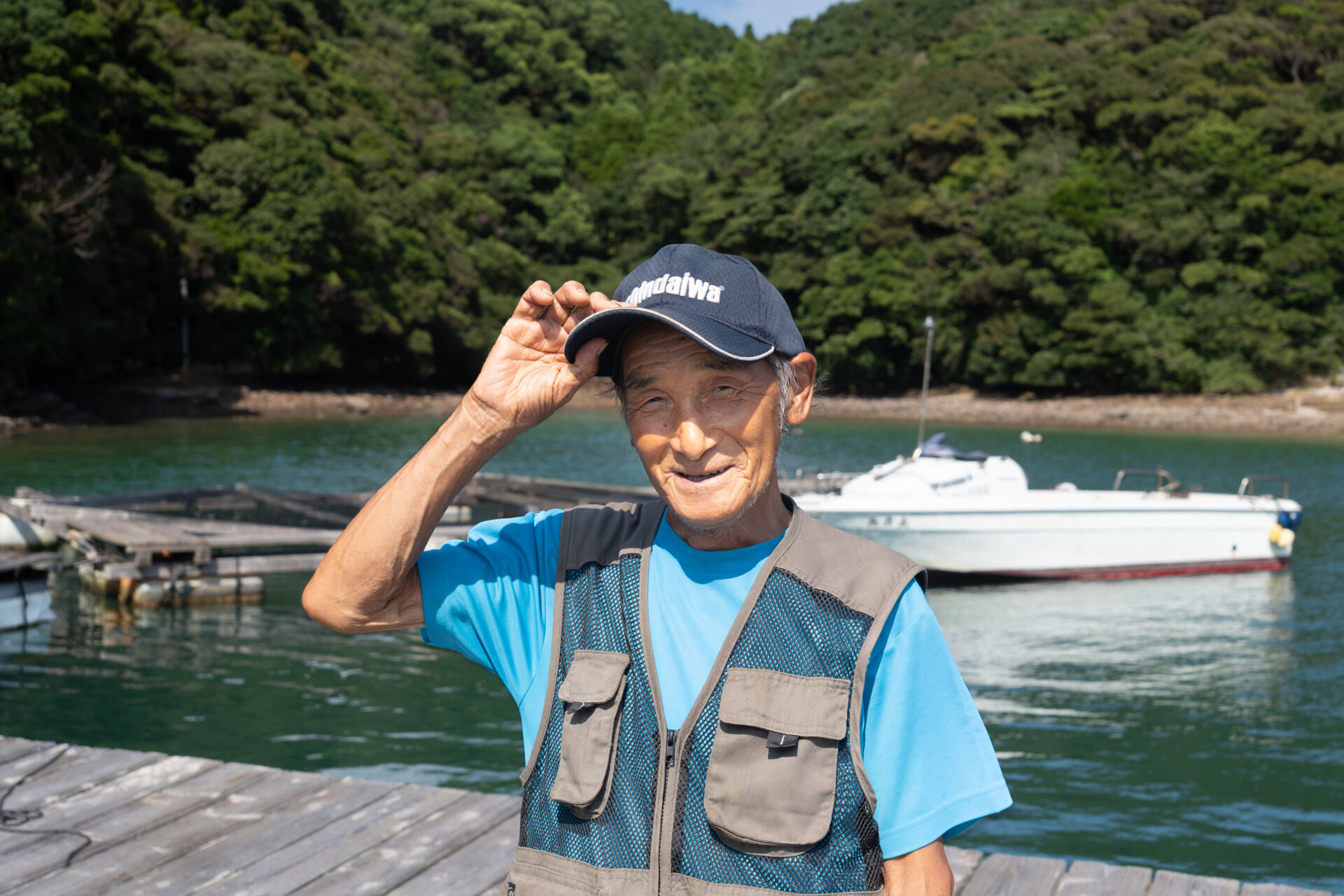
Reservations & Access
How to Book
- Reservation only: One group for lunch and one for dinner (occasionally two for lunch). Advance booking is essential.
- Booking method: By phone only.
- Availability: Reservations fill quickly — it’s common for the restaurant to be fully booked up to three months in advance.
- When booking: Provide your preferred date, time (lunch or dinner), number of guests, and confirm the boat pickup details from Kariya Fishing Port.
Access Information
- Address: 1660-3 Kariya Takaiwa, Genkai Town, Higashimatsuura District, Saga Prefecture
- Getting there:
• From Hakata Station: Take the Fukuoka City Subway Airport Line → JR Chikuhi Line to Nishi-Karatsu Station (approx. 60–80 minutes).
• From Nishi-Karatsu Station: Take a bus to “Kin-no-Te” (about 30 minutes), then transfer toward Kariya (about 6 minutes) or walk for 25 minutes.
• By car: About 30 minutes from central Karatsu toward Genkai Town. - Boat Transfer: After meeting at Kariya Fishing Port, the chef personally transports guests by boat (about 10 minutes). Land access is generally unavailable.
- Parking: Free parking available at Kariya Fishing Port.
Hours & Details
- Lunch: Starts at 12:00 / Dinner: Starts at 17:00
- Closed: Irregular holidays; closed on rough-sea or stormy days.
- Capacity: 20 seats (maximum 20 guests).
- Payment: Cash only (no cards or electronic payments).
To dine at Gyosanjin is to step into a world guided by the rhythm of the sea — a place where simplicity meets sincerity, and where each wave, each plate, and each smile tells a story of connection between people and nature.
- TAGS

